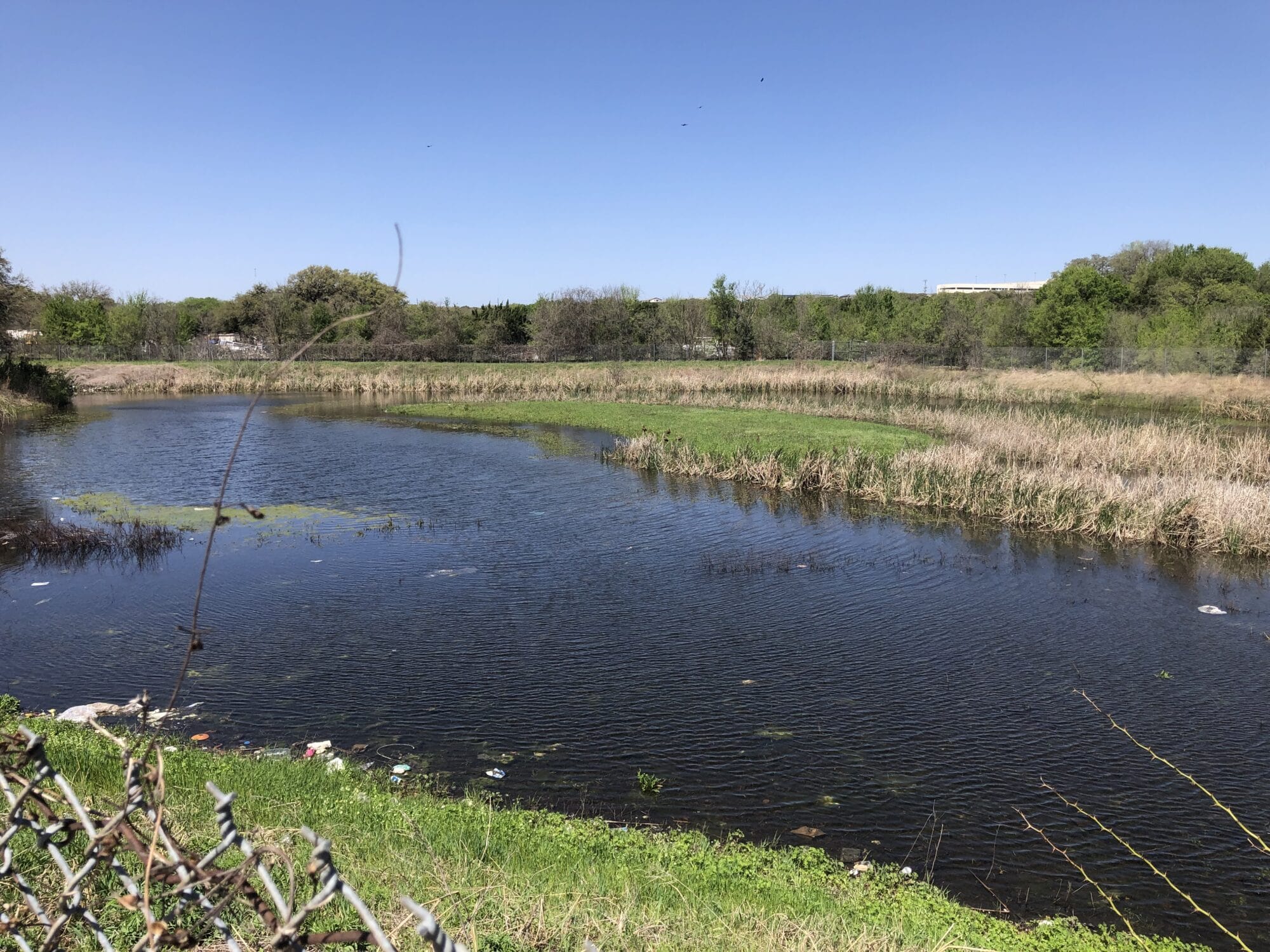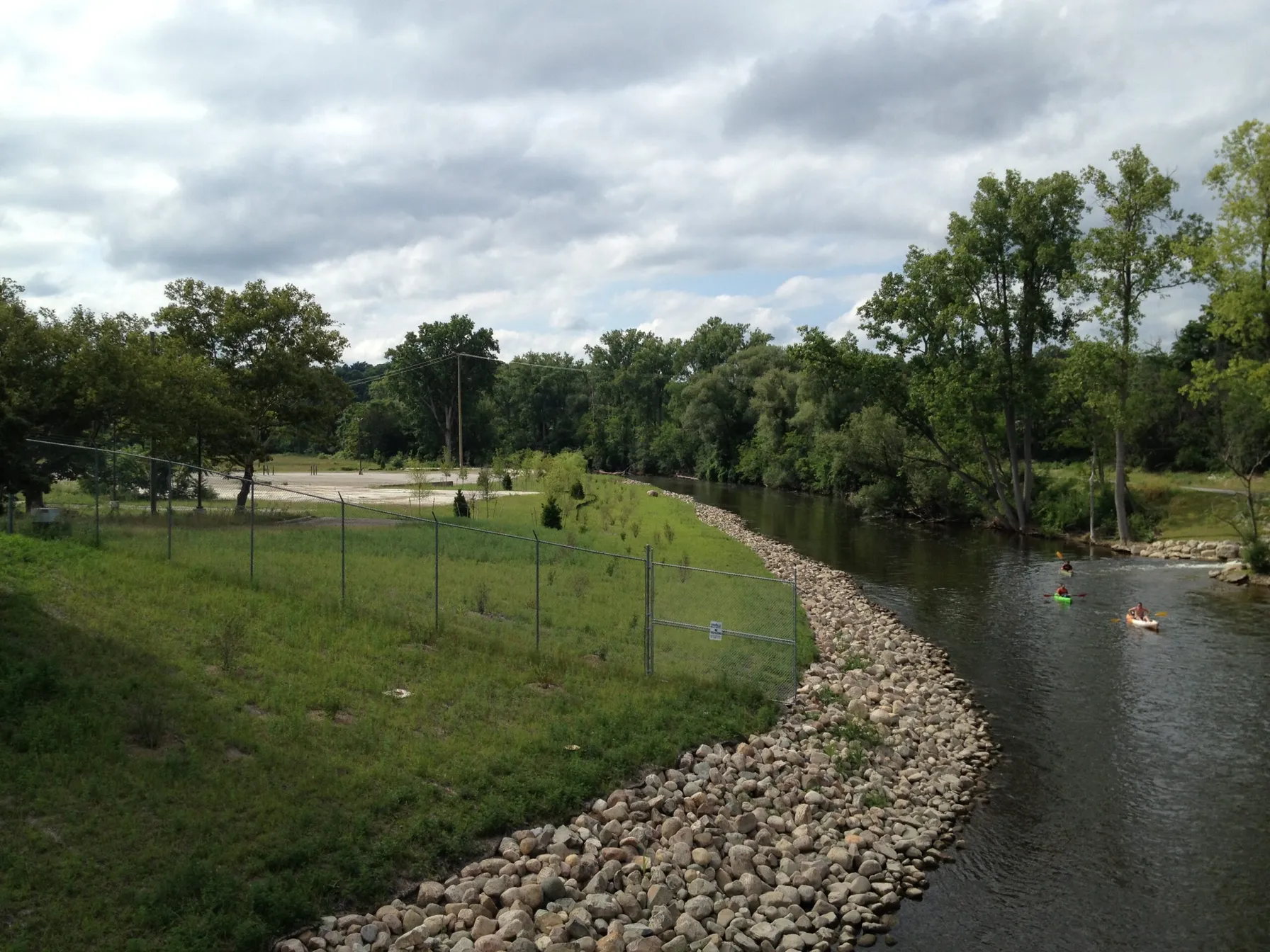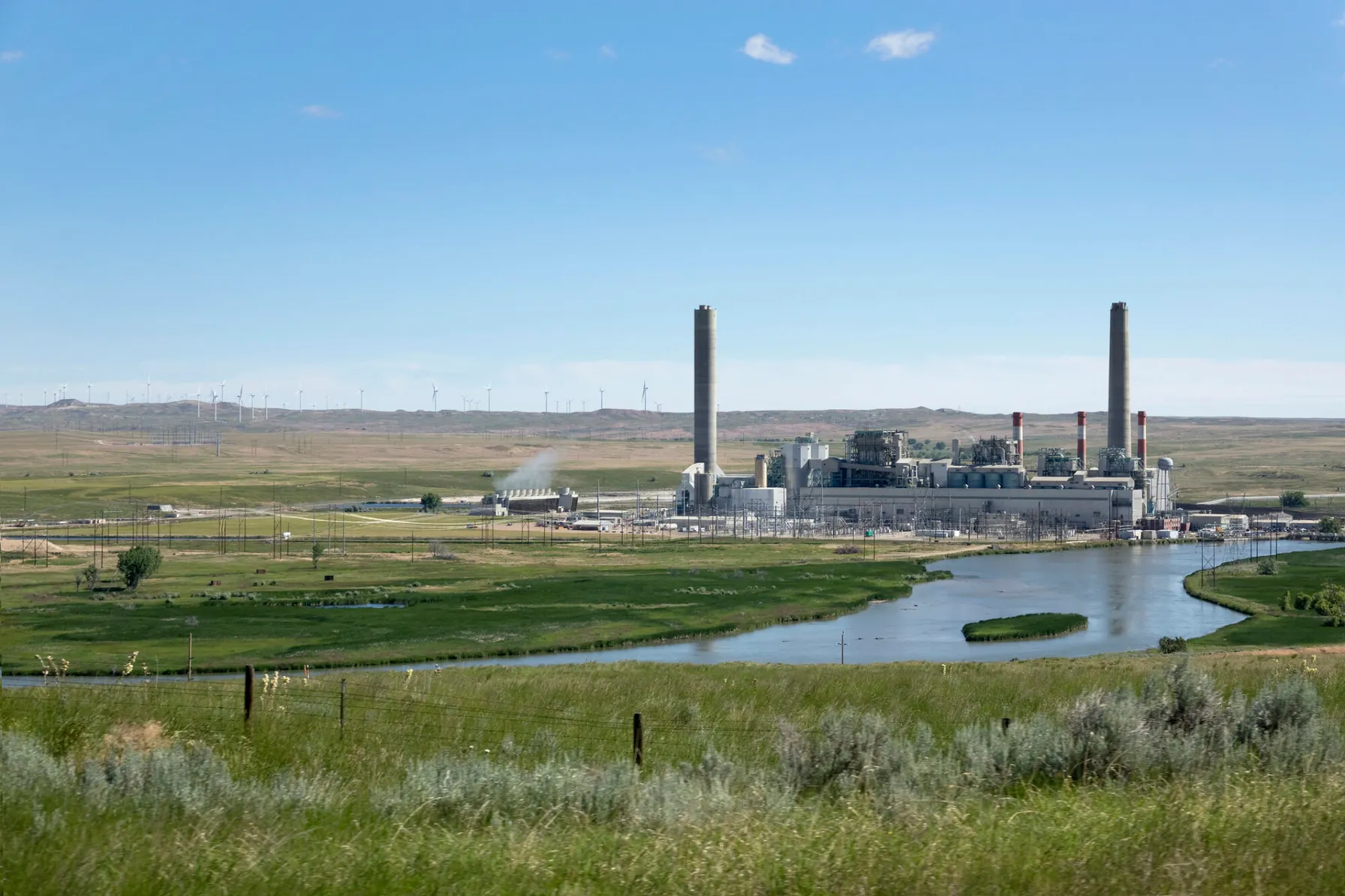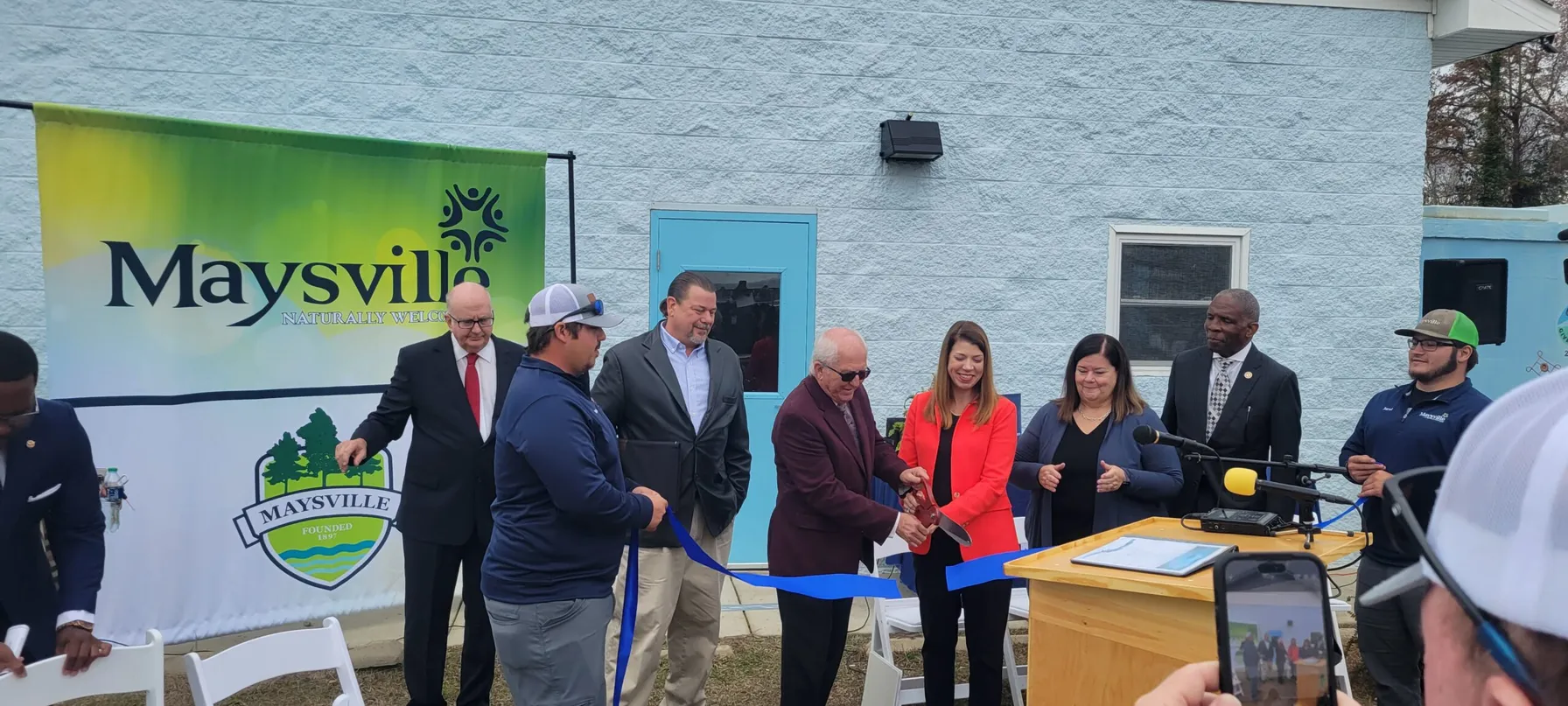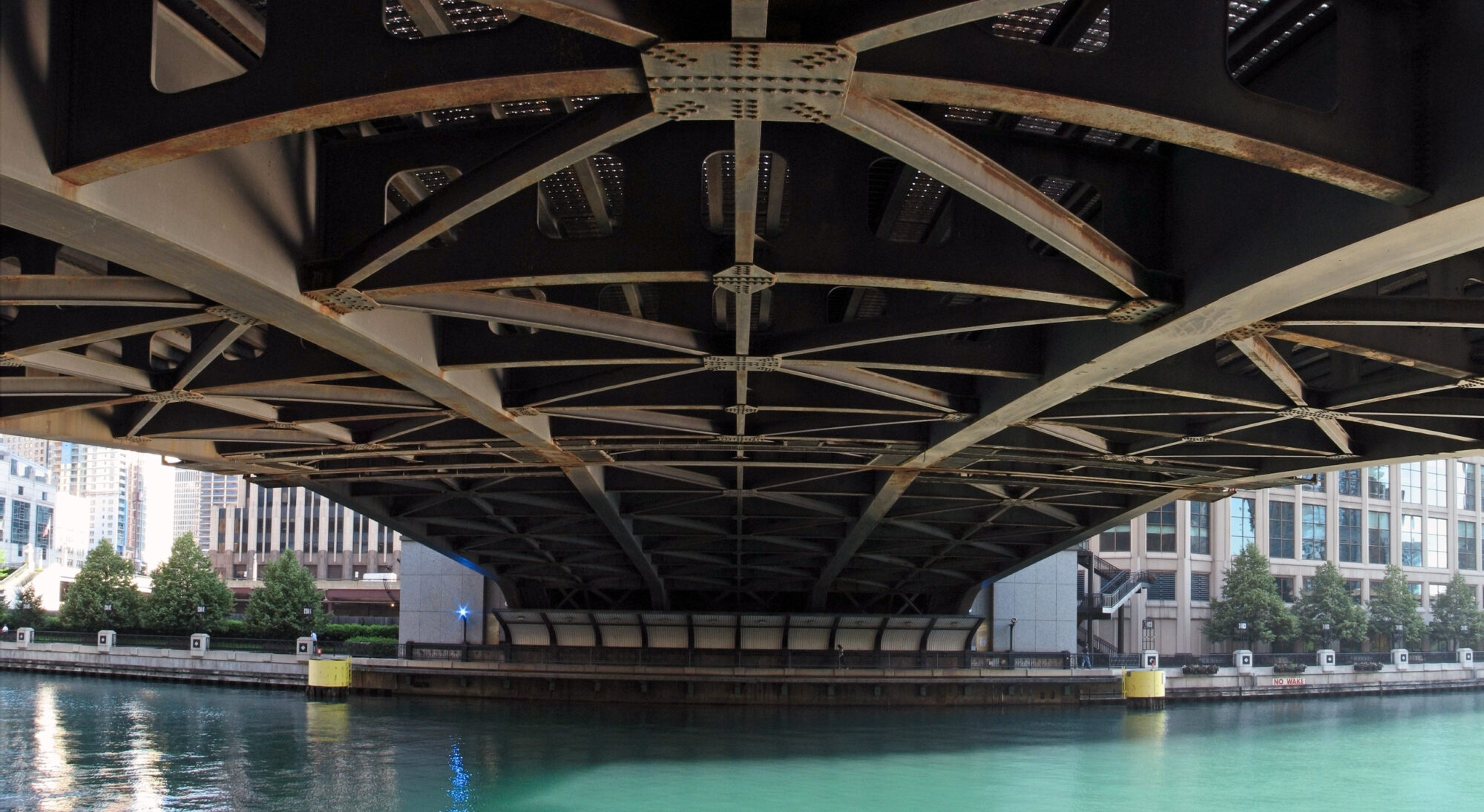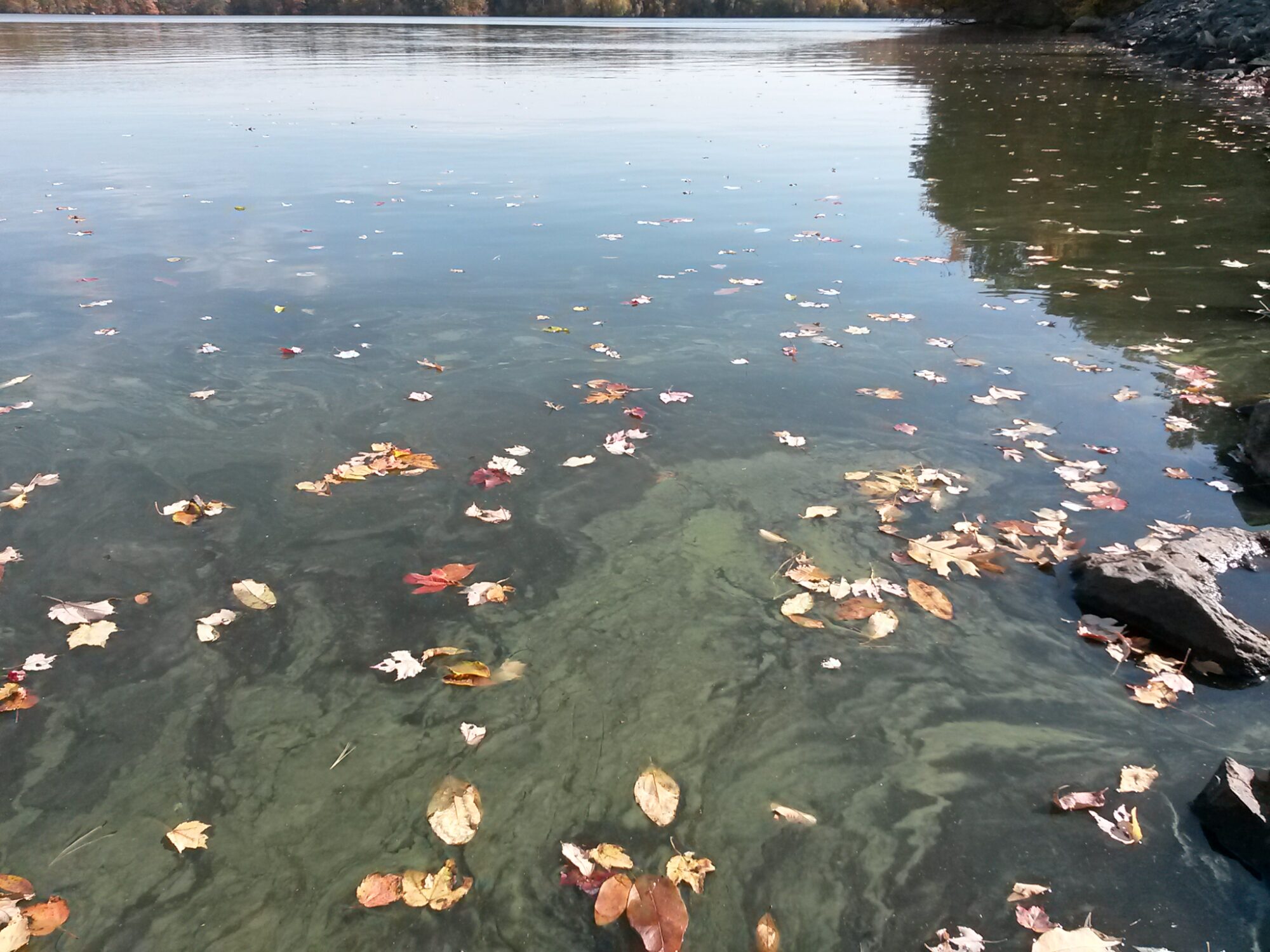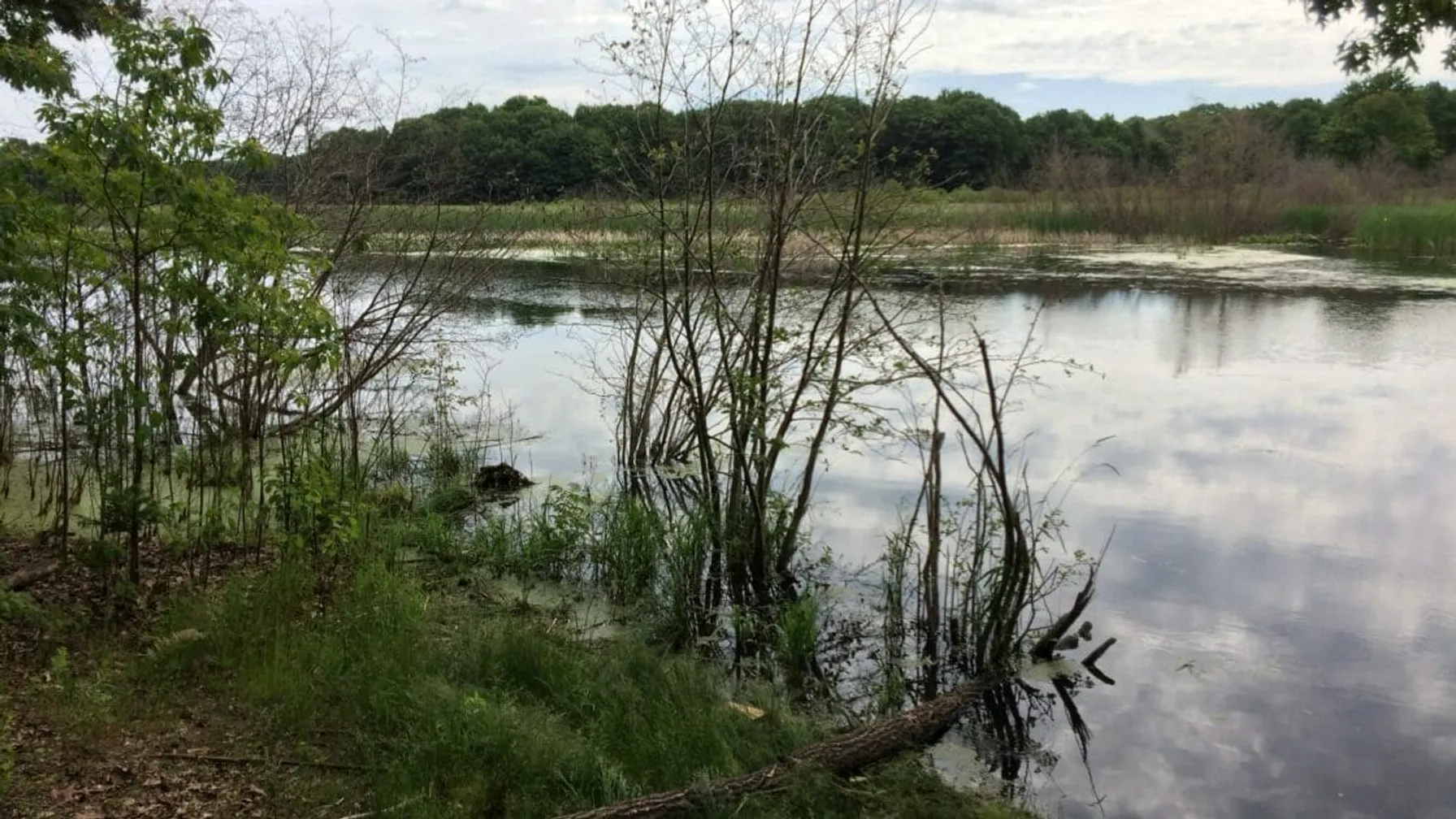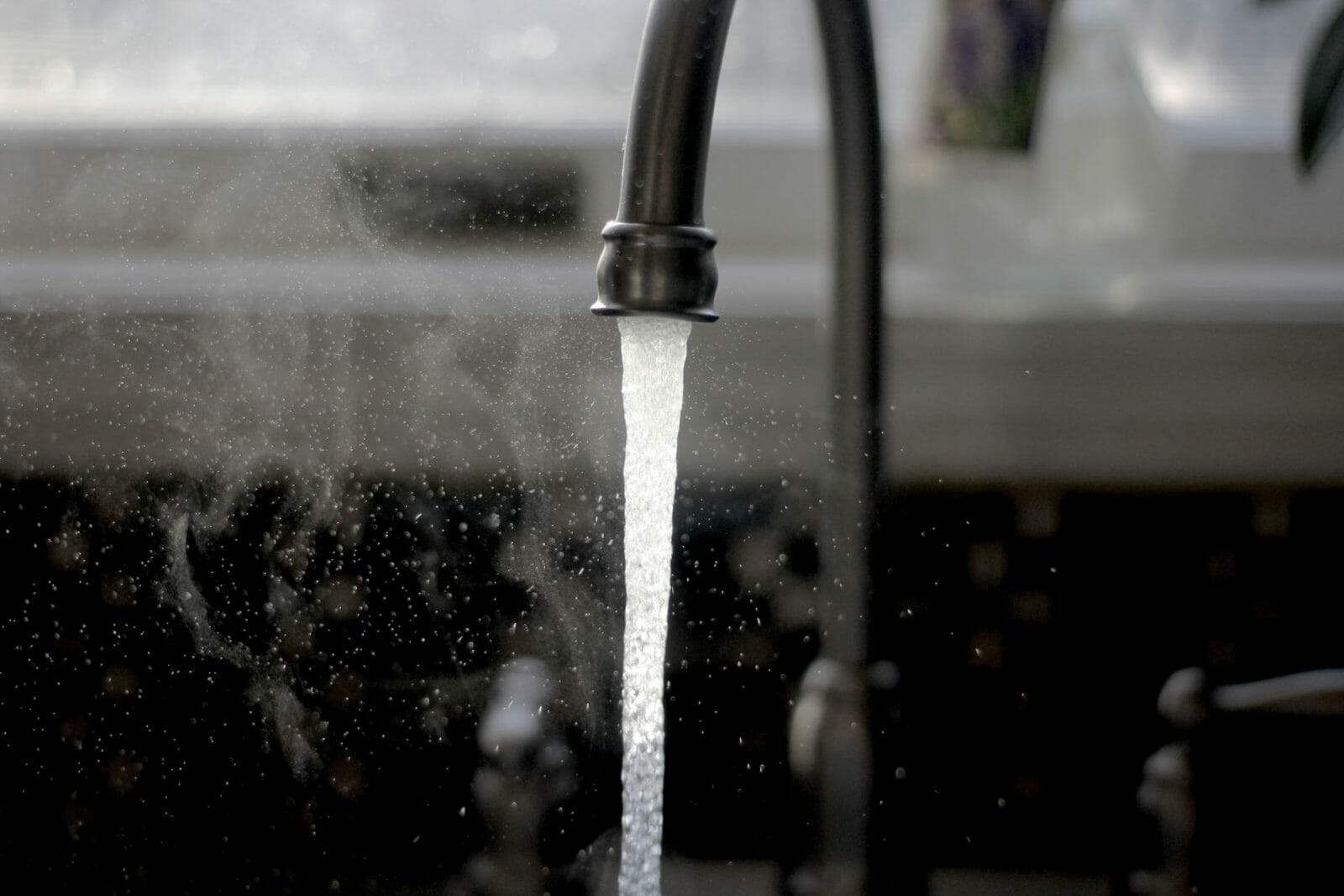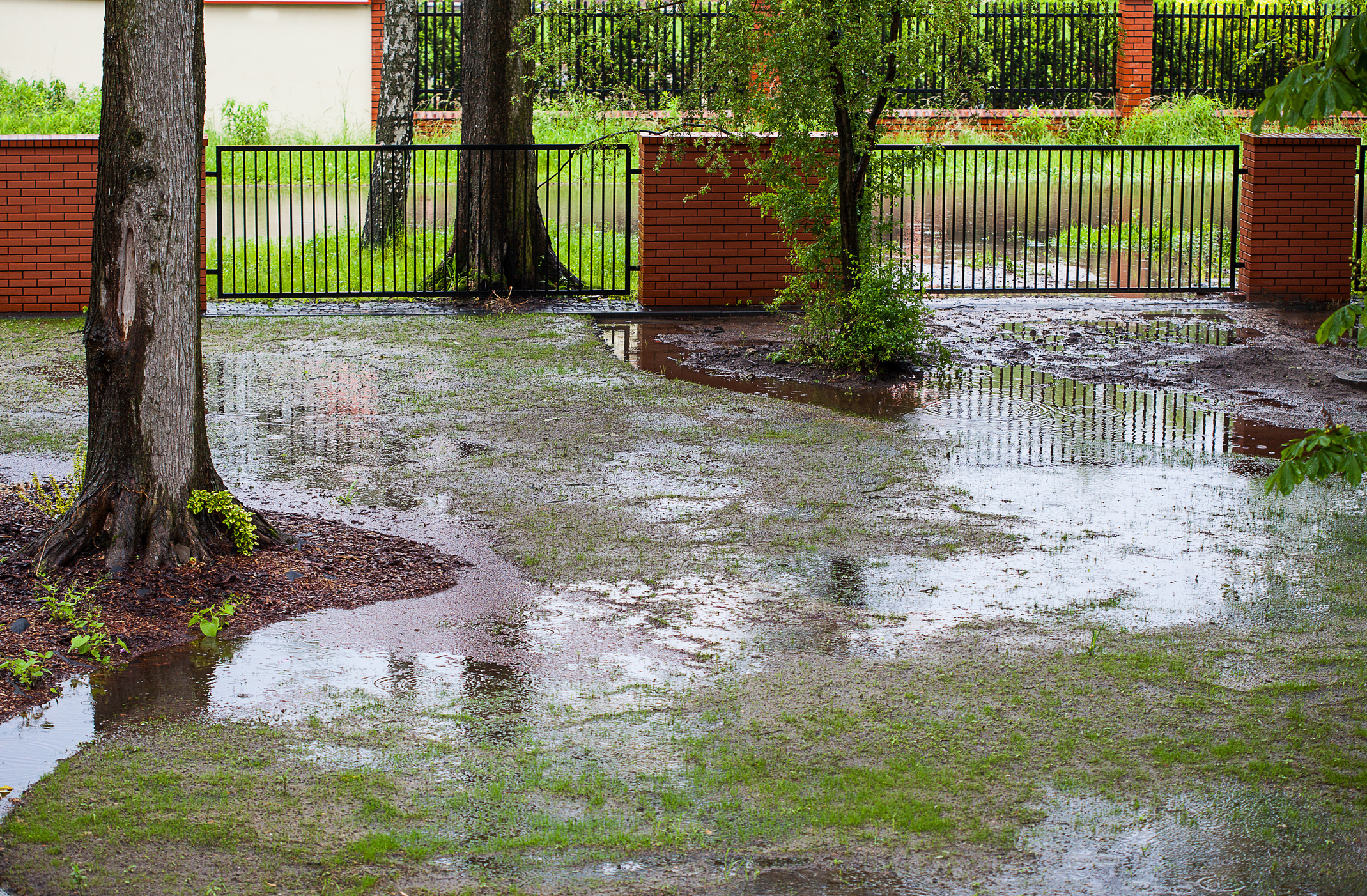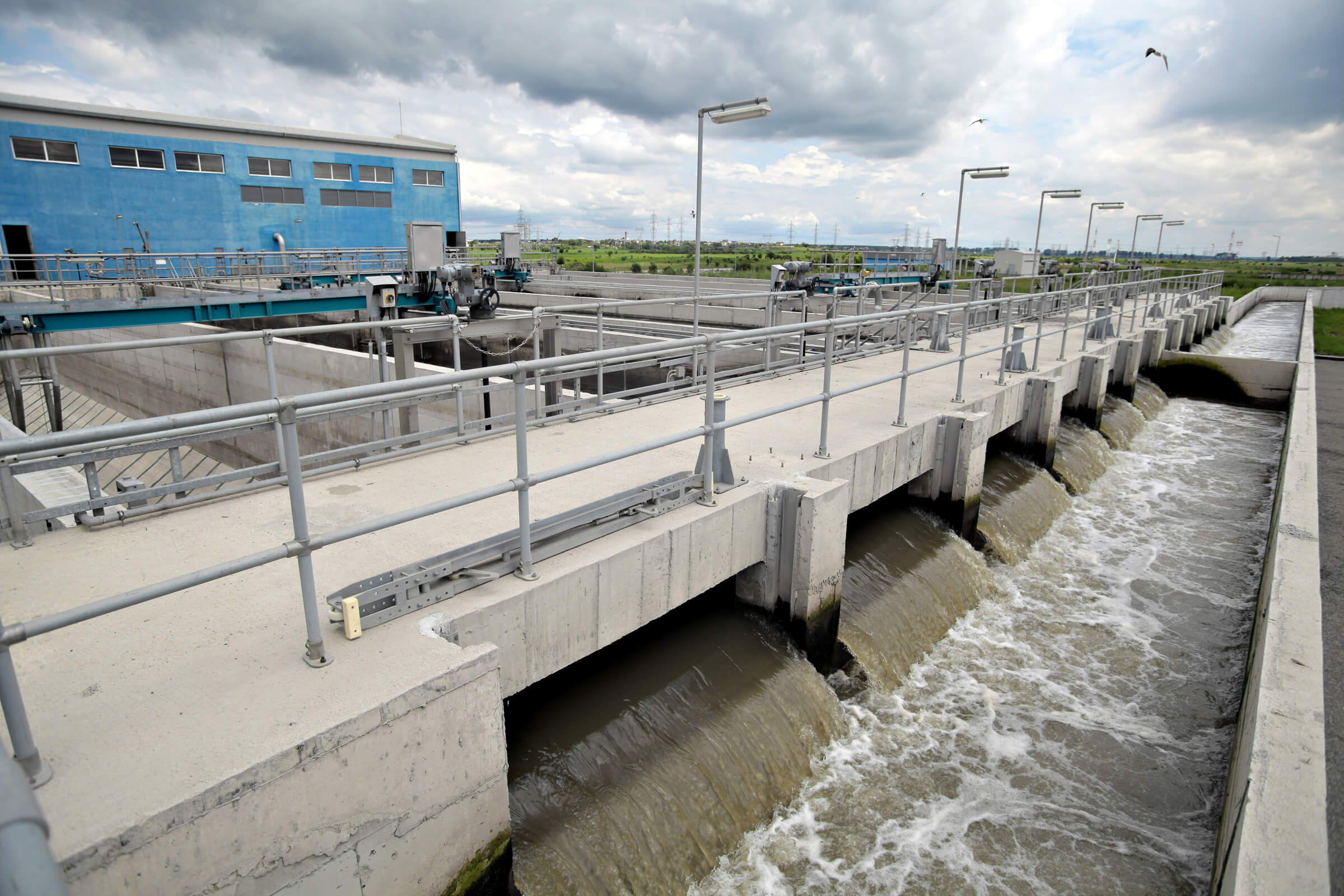Projects
TRC helped characterize and remove accumulated sediments in a sensitive watershed
Challenges
TRC assisted a client with characterization and removal of accumulated sediments in a Water Quality Pond in the Edwards Aquifer Recharge Zone and the sensitive Barton Creek Watershed. The pond served a major highway intersection and had to remain in service while TRC performed the work. Therefore, samples had to be collected through standing water, making collection of representative samples difficult. Standing water, access restrictions and continued operation of the pond during removal required careful planning and close attention to weather events.
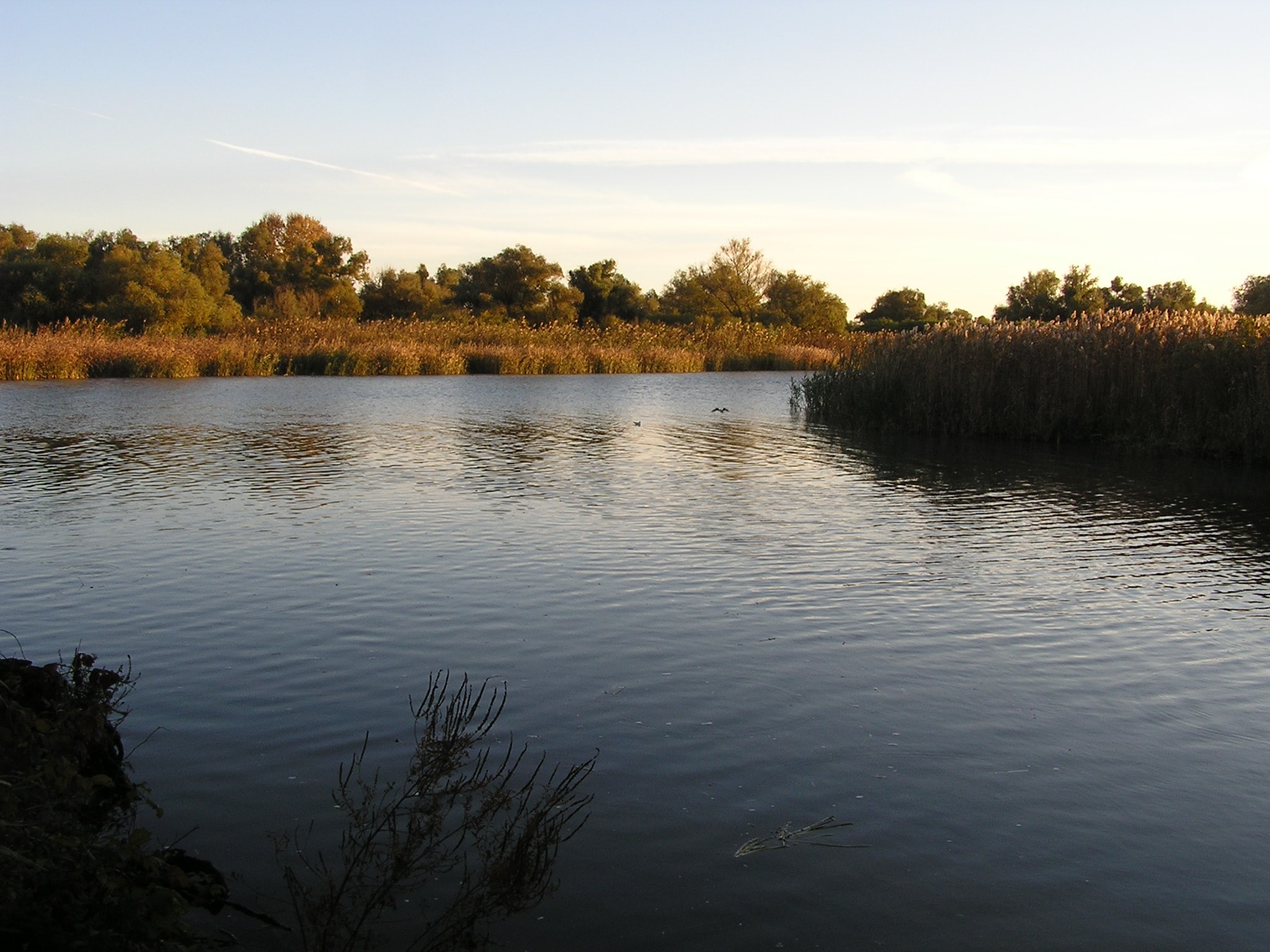
Solutions
TRC was able to safely collect representative samples through shallow standing water. Where deeper water was encountered, a dredge sampler was used to collect sediment samples. Construction proceeded only after TRC biologists determined that there were no sensitive species or habitats in the pond or nearby. With the representative sample information and knowledge of the sediment source, TRC was able to negotiate more reasonable disposal rates that allowed the project to proceed. TRC developed a staged construction approach that allowed operation of the pond to continue while sediments were removed. Standing water was pumped from the pond through filter bags to avoid negatively impacting the receiving stream or the karstic Edwards Aquifer Recharge features located there. Finally, loading and transportation operations were adjusted to minimize disruptions to local businesses.
Results
The water quality pond is critical to maintaining sensitive environmental features of the Edwards Aquifer Recharge Zone and to the Barton Creek watershed. TRC was able to facilitate timely and cost-effective rehabilitation of the pond without taking it out of service. The rehabilitation project restored the effectiveness and functionality of the pond in removing sediment and debris from stormwater prior to discharge thus protecting critical features and habitats.
Sharing Our Perspectives
Our practitioners share their insights and perspectives on the trends and challenges shaping the market.
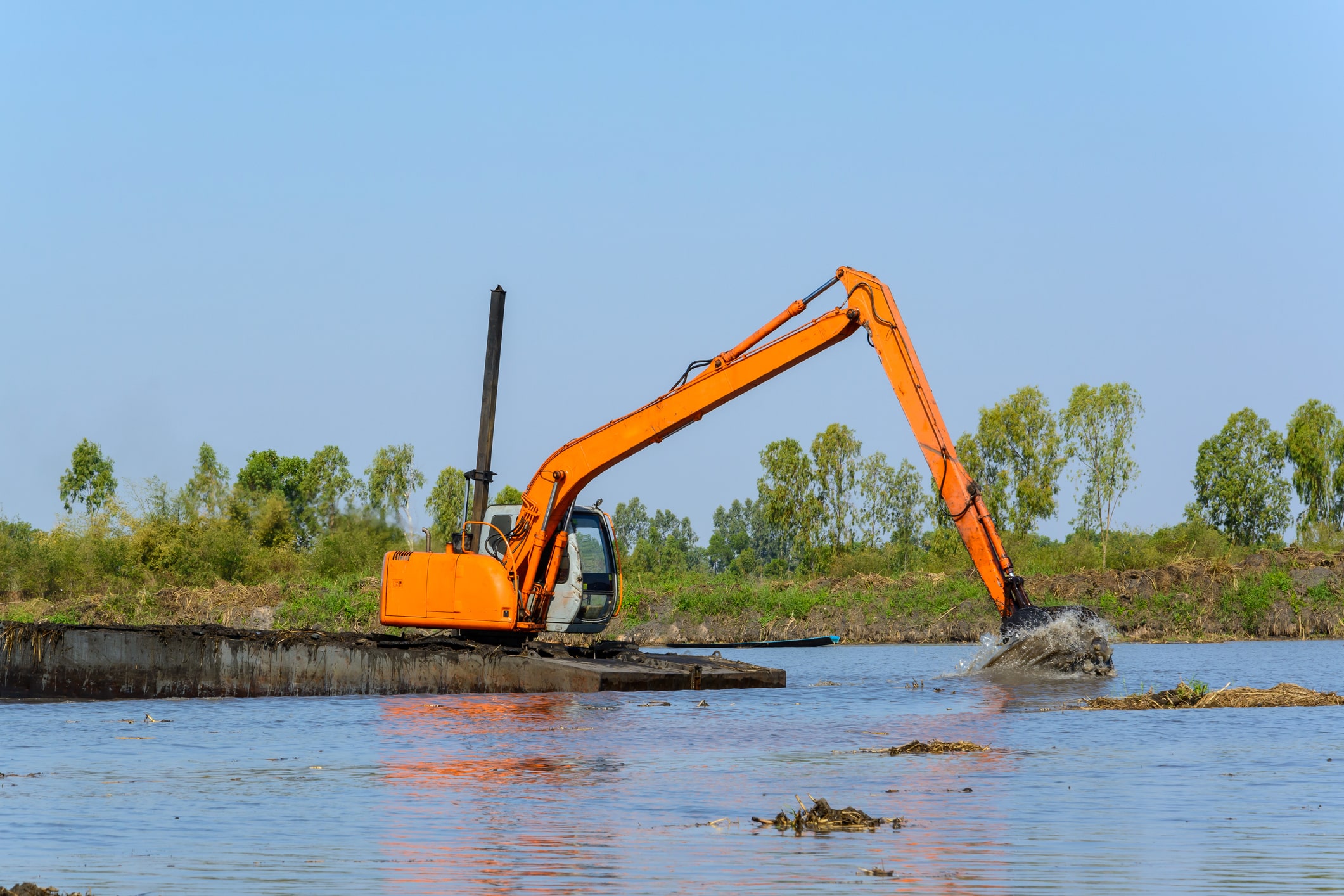
Treatment of PFAS to Allow for Beneficial Use of Impacted Dredged Sediments
July 18, 2024
Approximately 200 to 300 million cubic yards of sediment are dredged each year by the US Army Corps of Engineers (USACE) and other federal interests (USEPA, 2007).
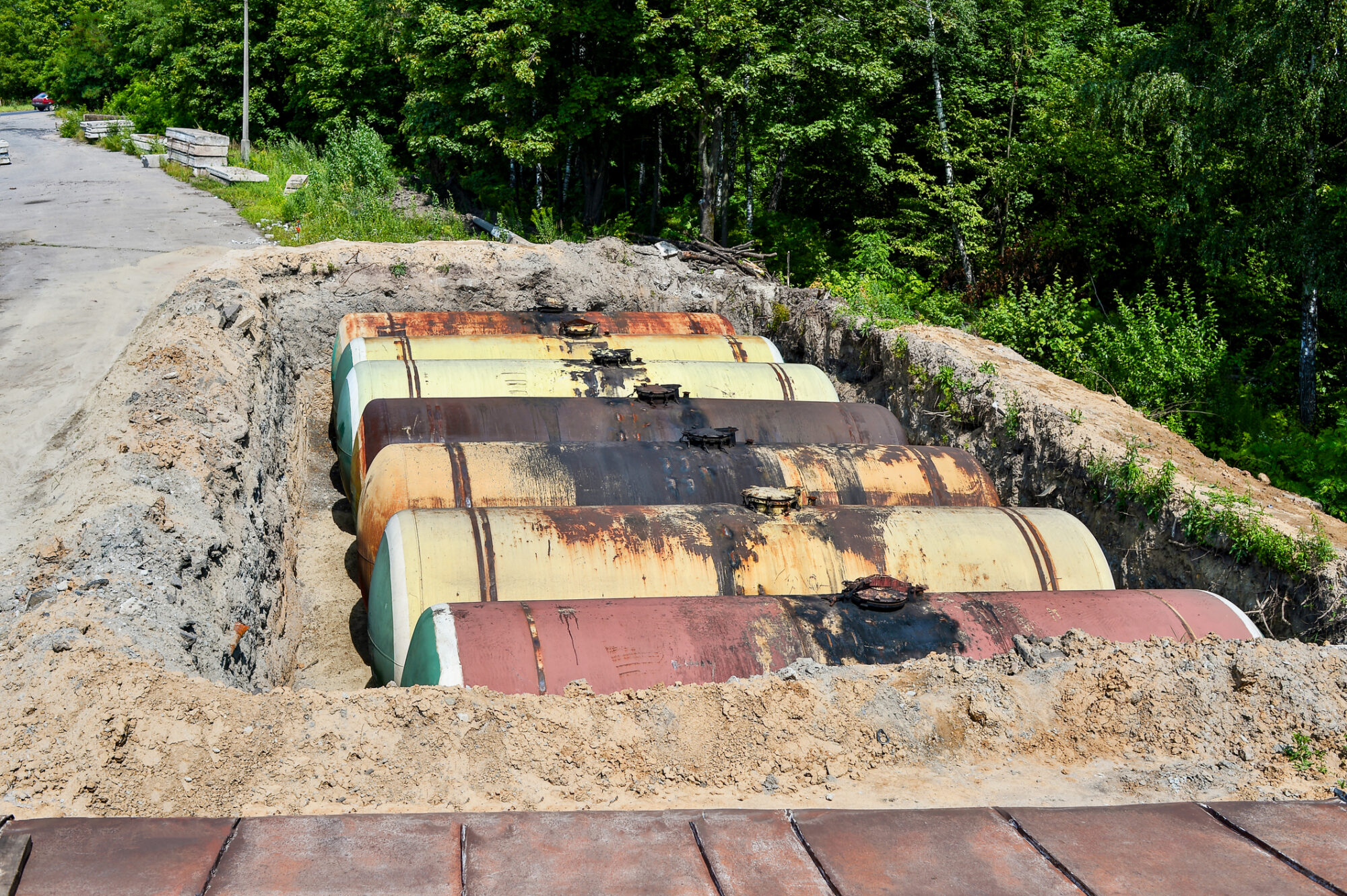
EPA Issues Clarification of Free Product Removal Requirements
June 20, 2023
EPA recently clarified requirements for LNAPL recovery and remediation.

Proposed MCLGs and MCLs for PFAS
March 15, 2023
Final Regulatory Determination for Contaminants on the Fourth Drinking Water Contaminant Candidate List

Odor Evaluation Services
February 23, 2023
TRC is nationally recognized as an expert in the field of odor measurement, identification, modeling and control engineering. This presentation includes an overview of odor properties, odor evaluation, modeling and odor thresholds and outlines the four sensory properties: detectability, intensity, character and hedonic tone.
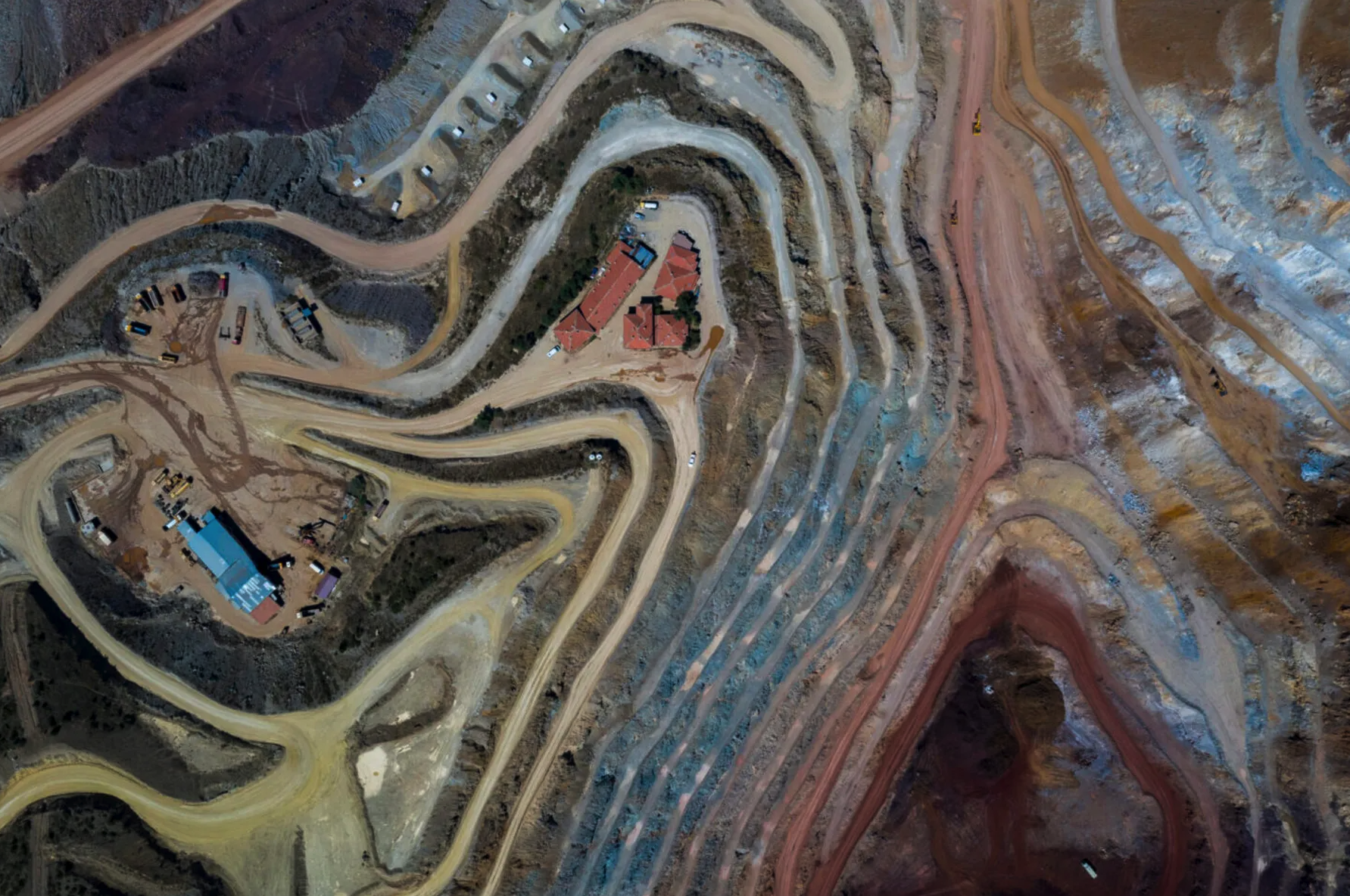
Metals 101
February 8, 2023
Metals are naturally occurring elements in the Earth’s crust that enter the environment through natural processes. They can be found in groundwater, soil and sediment. The trophic transfer of these elements in aquatic and terrestrial food chains has important implications for wildlife and human health.

Implementing bioremediation at environmental cleanup sites: TRC experts weigh in at leading industry conference
May 17, 2021
TRC experts make several presentations at the Battelle conference about innovative approaches they have developed for implementing and monitoring bioremediation and the use of naturally-occurring or deliberately-introduced micro-organisms to break down environmental pollutants.

EPA Releases Clean Water Act Facility Response Plan Rule
June 19, 2024
This Regulatory Update is the first in a series summarizing the Rule and how it may affect your facility.

PM2.5 Annual NAAQS Revised
May 7, 2024
The U.S. EPA issued a final rule based on its reconsideration of its 2020 decision to retain the primary and secondary National Ambient Air Quality Standards (NAAQS) for particulate matter (PM) without revision.

What You Need to Know About MSHA’s Final Rule on Crystalline Silica Dust
April 8, 2024
Regulatory Changes Will Impact Mine Operators and Better Protect Employee Health and Safety.

Changes to EPA’s Risk Management Program (RMP) Regulations Are Here
April 3, 2024
Changes to the Risk Management Program (RMP) regulations were signed into a final rule on February 27, 2024, by EPA Administrator Michael S. Regan.

Changes to EPA’s Risk Management Program (RMP) Regulations Are Coming
April 14, 2023
Changes to the Risk Management Program (RMP) regulations were signed into a final rule on February 27, 2024, by EPA Administrator Michael S. Regan.

Phase I ESA ASTM Standard Update: The Wait is Over
December 21, 2022
The USEPA published a Final Rule making the ASTM E1527-21 Phase I ESA standard AAI compliant.

Proactive Enforcement is Key in the EPA FY2022-2026 Strategy
October 19, 2022
A core element of the EPA FY2022-2026 Strategic Plan focuses on environmental compliance.

Preparing for EPA Inspections in Environmental Justice Communities
October 4, 2022
The EPA Office of Enforcement and Compliance Assurance Have Expanded Goals to Strengthen Enforcement and Protections Within EJ Communities

New National Emerging Contaminants Research Initiative
September 12, 2022
The Executive Office of the President of the United States announced a National Emerging Contaminant Research Initiative
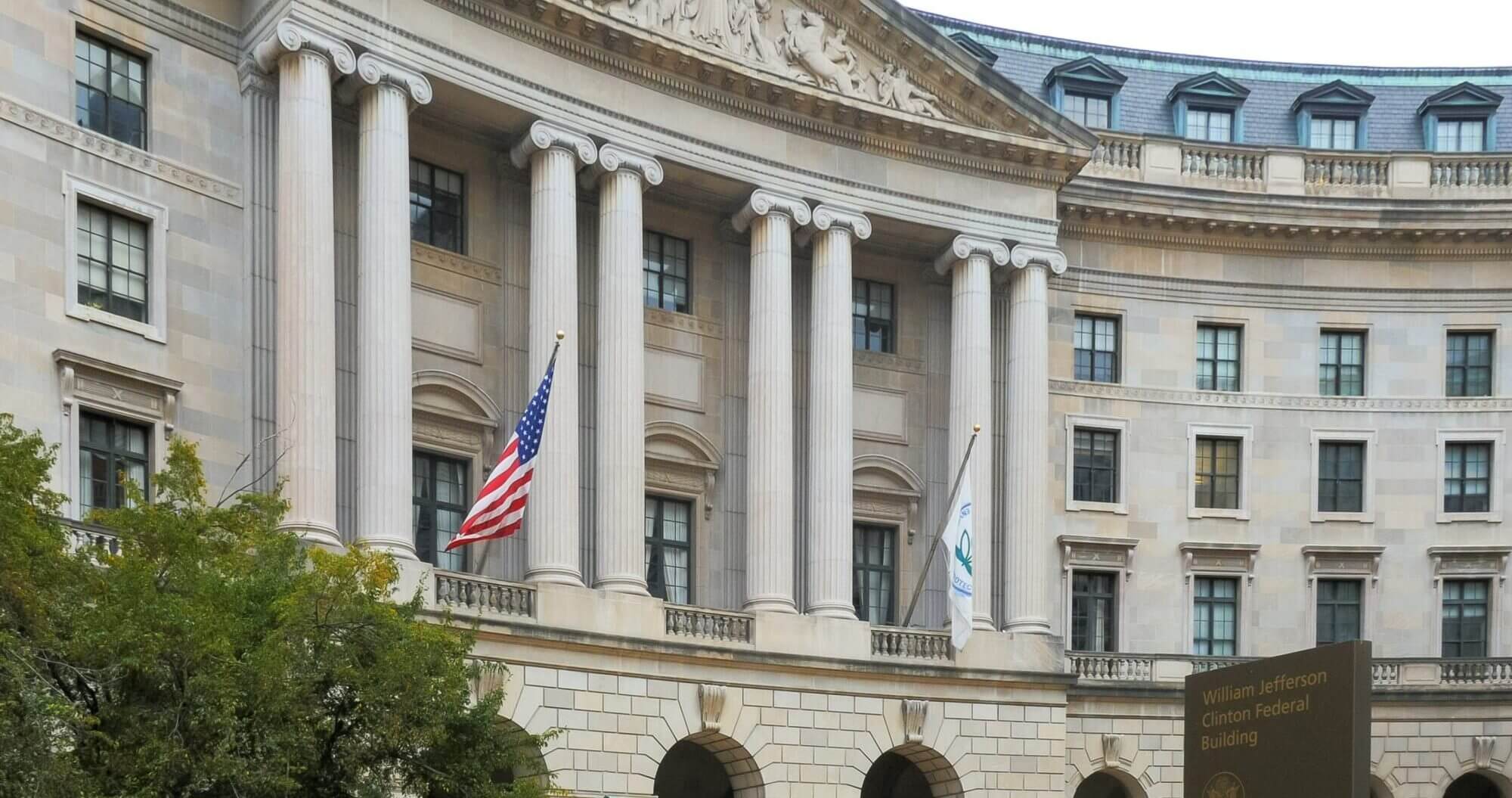
Climate Action and Environmental Justice are at the Forefront of EPA’s Strategic Plan
June 14, 2022
The EPA issued its Fiscal Year 2022-2026 Strategic Plan. Although the strategic plans emphases often change with administrations, we can be reasonably certain that the Plan reflects priorities through 2024.
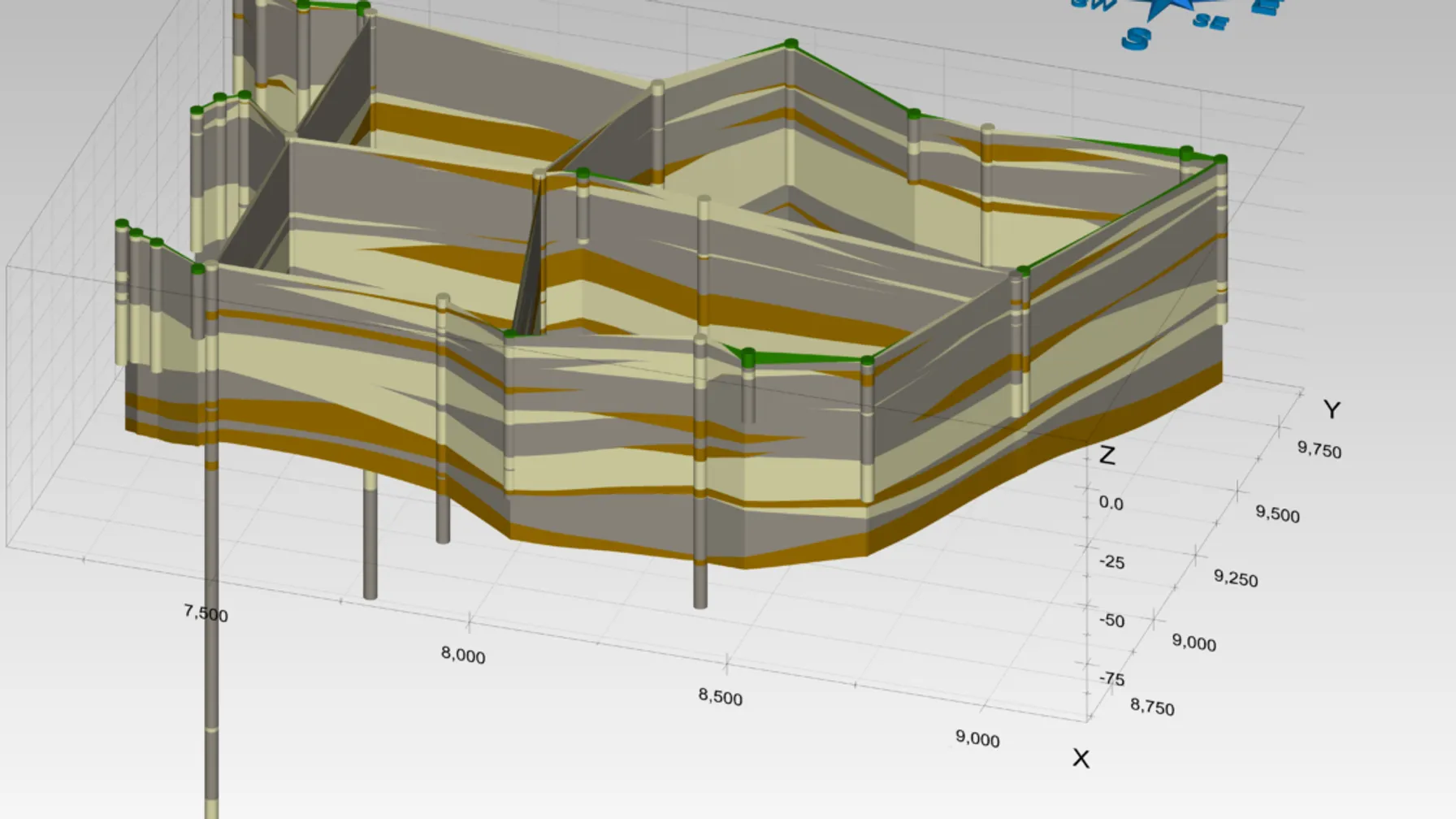
CCR Removal and Its Effects on Soil and Groundwater Geochemistry
October 25, 2021
Many utilities are implementing corrective action at coal combustion residual (CCR) surface impoundments under Federal or State CCR Regulations, with implications for groundwater protection standards.

NJDEP Implements New Jersey Environmental Justice Law Through Administrative Order
October 5, 2021
On September 22, 2021, the New Jersey Department of Environmental Protection (NJDEP) Commissioner announced the issuance of Administrative Order (AO) No. 2021-25 to implement New Jersey’s Environmental Justice (EJ) Law. This order is effective immediately, and applicants seeking to site new major source facilities, renew major source permits or expand existing facilities with major source permits (e.g., Title V air permits) in overburdened communities are affected. There are more than 4.5 million people that live within 331 municipalities that are overburdened communities in the state of New Jersey.

OSHA’s Call for Comments on Mechanical Power Press Standard Changes
September 30, 2021
OSHA has recently published a call for comment regarding mechanical power presses. The reason behind OSHA’s request is that the American National Standards Institute (ANSI) consensus standard for mechanical power presses has been updated numerous times since the implementation of OSHA’s standard.

Managing EHS & ESG Risks Through Integrated Systems Today and Beyond
July 22, 2021
It has been more than 50 years since the development and establishment of the federal Environmental Protection Agency (EPA) and the federal Occupational Safety & Health Administration (OSHA) which were formed to protect our environment and workplaces across the United States. Significant laws, policies and regulations followed to establish the “regulatory programs” that all applicable businesses and entities must address and meet to ensure these compliance-driven legislative programs would create a foundation to protect our society.

EPA Resource Conservation & Recovery Act (RCRA) Corrective Action (CA)
January 11, 2021
The EPA RCRA Corrective Action (CA) Program recently provides a review and update on CA set in 2004 and new CA set for 2030.
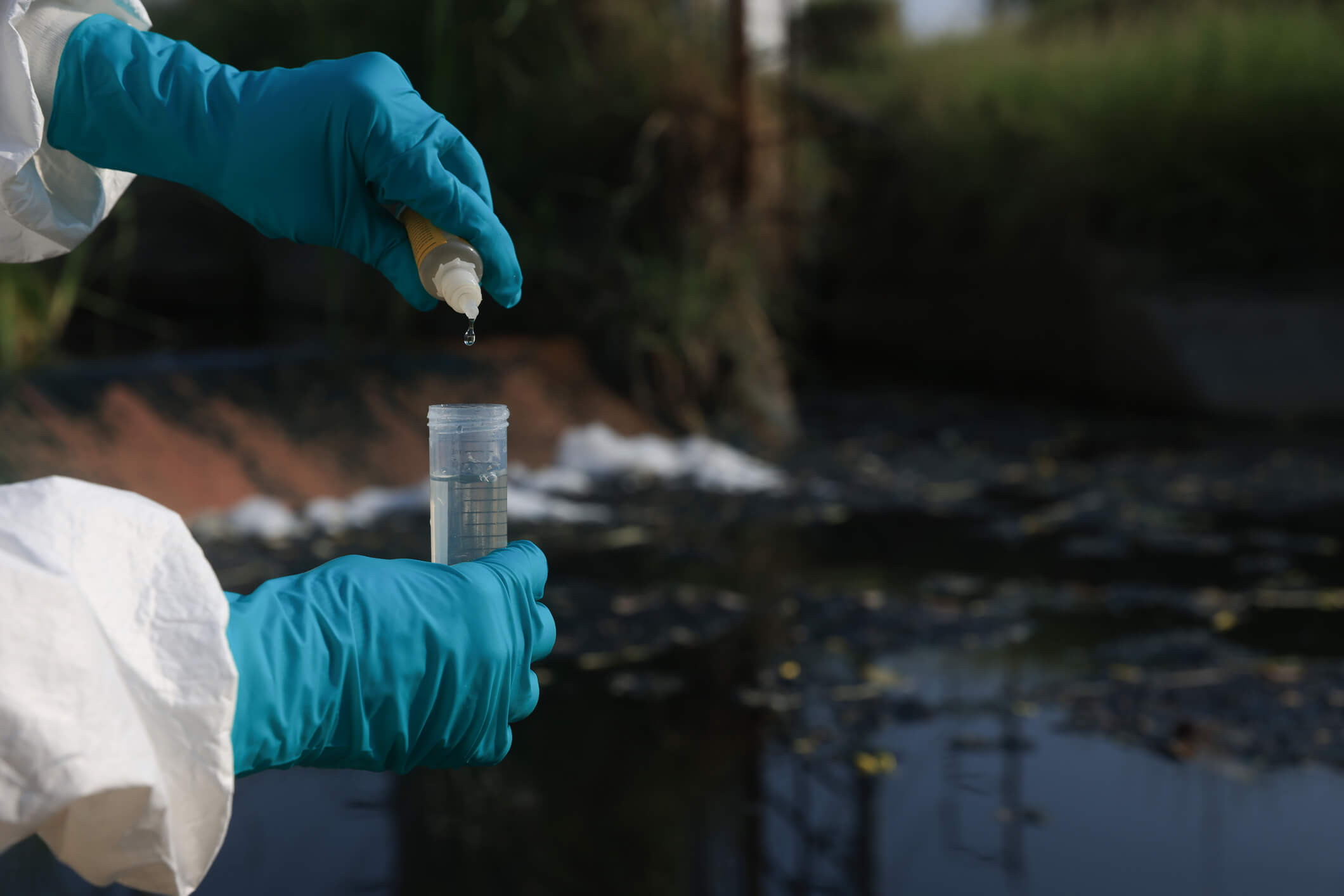
EPA continues to aggressively address PFAS wastewater with two new strategies
January 4, 2021
EPA takes steps toward PFAS wastewater and storm water permitting, and analytical methods for testing.

2020 TSCA Chemical Data Reporting (CDR)
December 7, 2020
Earlier this year, EPA revised the CDR rule to reflect the 2016 amendments to TSCA, including changes for foreign-owned businesses and the reporting responsibilities of suppliers and contractors, as well as an exemption for small businesses.

Ecological Risk of PFAS from AFFF-Impacted Sites
June 30, 2020
The facts on evaluating exposure to wildlife

TRC Chosen to Provide Array of Integrated Services on Midship Pipeline Project
August 28, 2018
TRC has been awarded contracts for environmental consulting, engineering and field services and another for stem-to-stern Engineer, Procure and Construct (EPC) contract for three compressor stations.

Innovative Remedial Concepts to Address Microplastics
August 11, 2023
Microplastics (MP) encompass plastic particles ranging in size from 1 nanometer to 5 millimeters. MP historically appeared in lotions and creams as “microbeads,” which acted as exfoliants. MP also form through different processes including the gradual degradation of larger plastic items over time, which results in the generation of progressively smaller plastic particles. Additionally, textiles and synthetic clothing can form MP from daily wear and tear.

U.S. EPA and Army Corps of Engineers to Develop Revised Rule to Define “Waters of the United States”
August 8, 2023
The US EPA and Army Corps of Engineering are redefining “Waters of the United States”.

Regulators Update Design Storm Rainfall Depths in Response to Climate Science Projections and Recent Storm Data
August 3, 2023
Regulators are responding to anticipated increases in extreme rainfall events by updating design storm rainfall depth regulations.
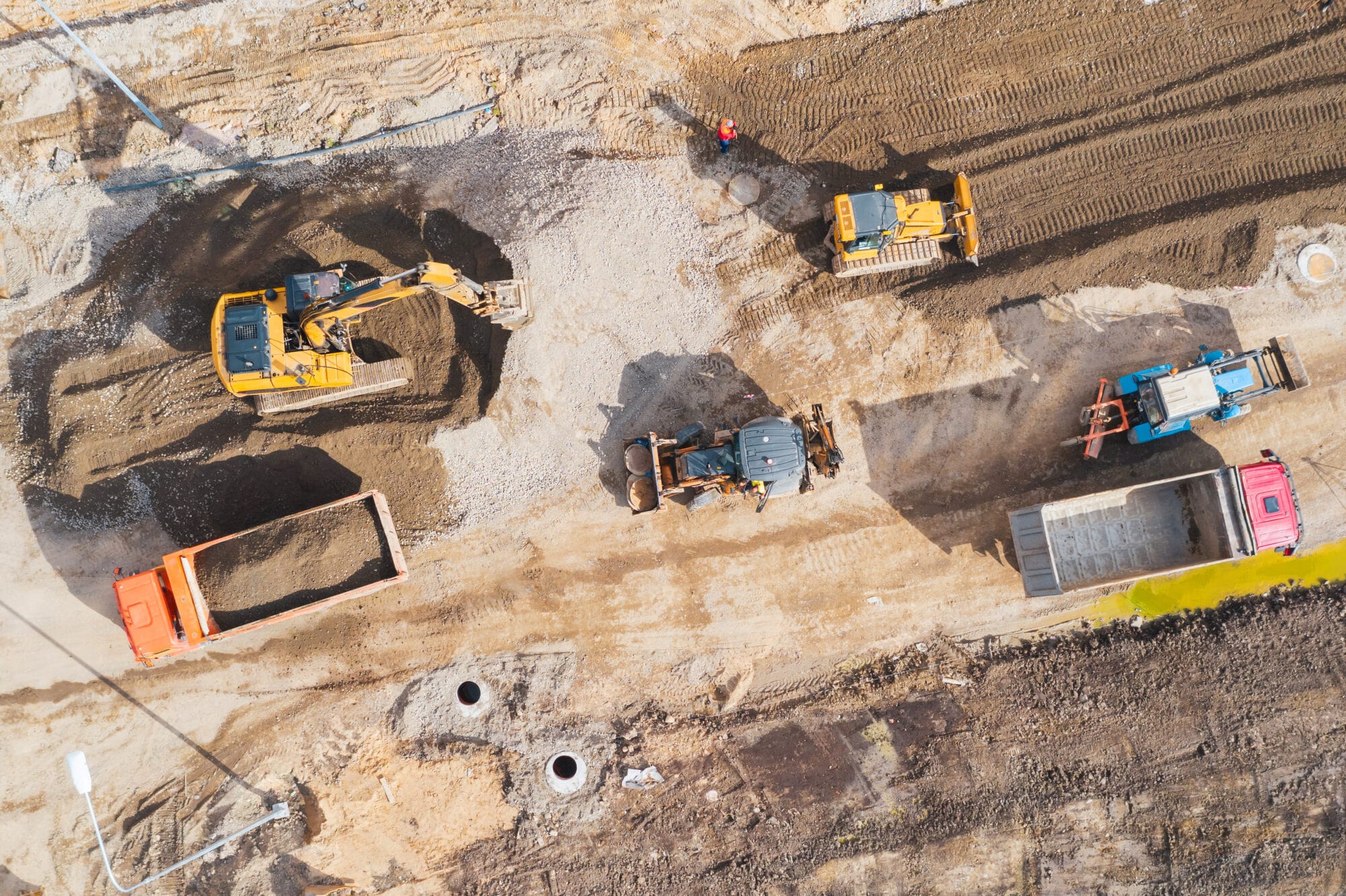
TRC Assists in Securing $11M in funding for small Communities
April 14, 2023
LOWELL, Mass. – TRC, a leading provider of end-to-end engineering, consulting and construction management solutions fueled by innovative technology, has been awarded a pair of contracts from Midship Pipeline Company LLC for the Midship Pipeline Project in Oklahoma – one for environmental consulting, engineering and field services and the other a stem-to-stern Engineer, Procure and Construct (EPC) contract for three compressor stations. “We are excited to partner with the Midship Pipeline Company on this important project,” said Ed Wiegele, president of TRC’s Oil and Gas Sector. “By providing integrated services throughout the lifecycle of the project, we will streamline the work and help minimize risk.” The Midship Pipeline Project consists of a new 36-inch mainline natural gas pipeline that stretches 199 miles through Oklahoma. TRC will perform engineering, mapping, civil surveying, environmental and right-of-way services on that portion of the project. Three mainline compressor stations, two lateral pipelines, a booster station and associated facilities will also be built.

Proposed MCLGs and MCLs for PFAS
March 15, 2023
Final Regulatory Determination for Contaminants on the Fourth Drinking Water Contaminant Candidate List
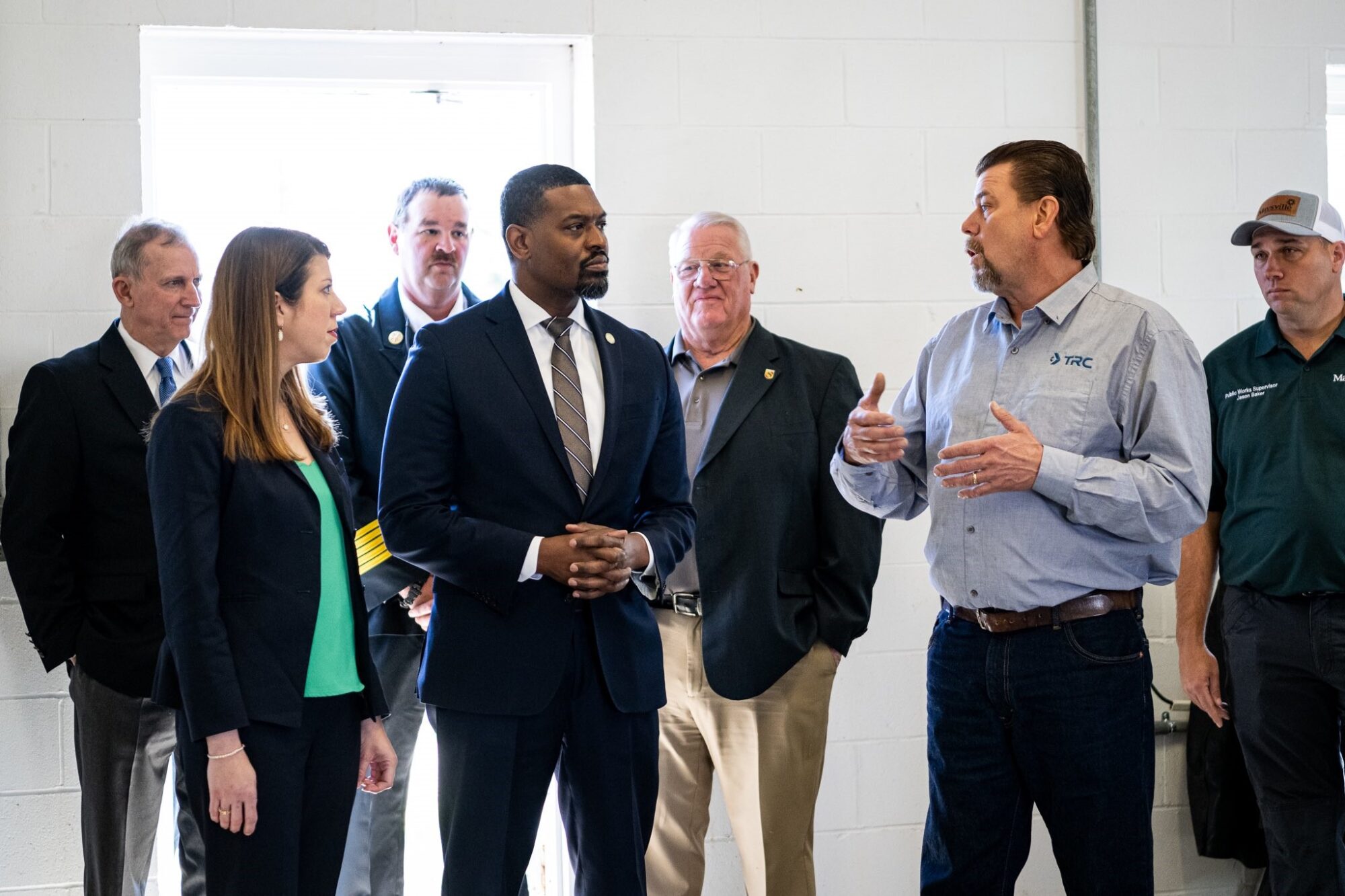
EPA Announces $2 Billion in Funding to Address Emerging Contaminants in Drinking Water
February 14, 2023
Environmental Protection Agency Administrator Michael Regan announced $2 Billion in infrastructure funding to help the nation’s rural water supplies.
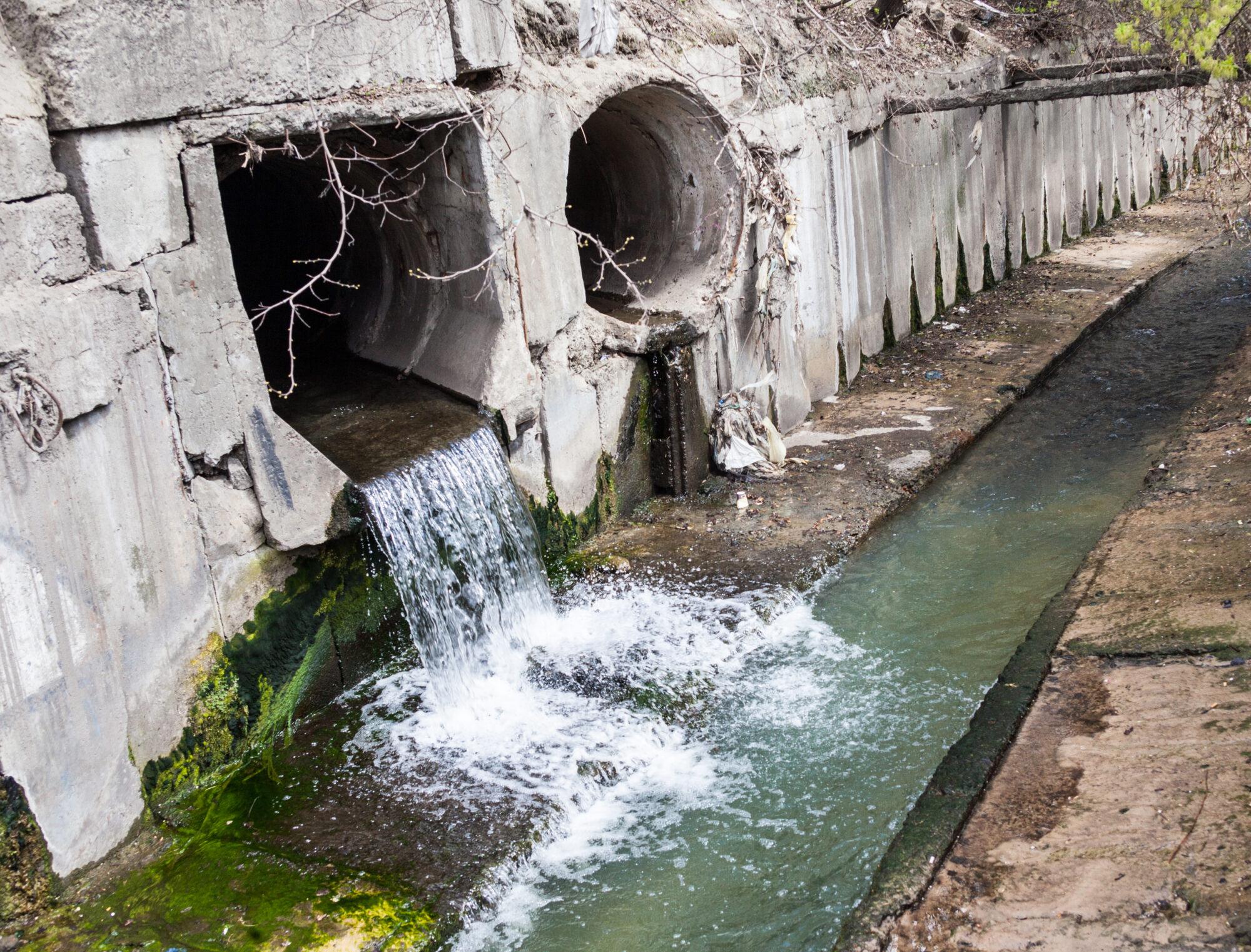
PFAS Discharges in NPDES Permits
December 19, 2022
In a follow-up to the EPA Office of Water’s April 28, 2022 memo, EPA released “Part 2″, providing guidance for the NPDES permitting/pretreatment program as it relates to restricting discharges of PFAS to water bodies.

Washington State Establishes PFAS Cleanup Levels
September 21, 2022
The Washington State Department of Ecology (Ecology) recently published a list of 6 PFAS compounds that now have soil and groundwater cleanup levels
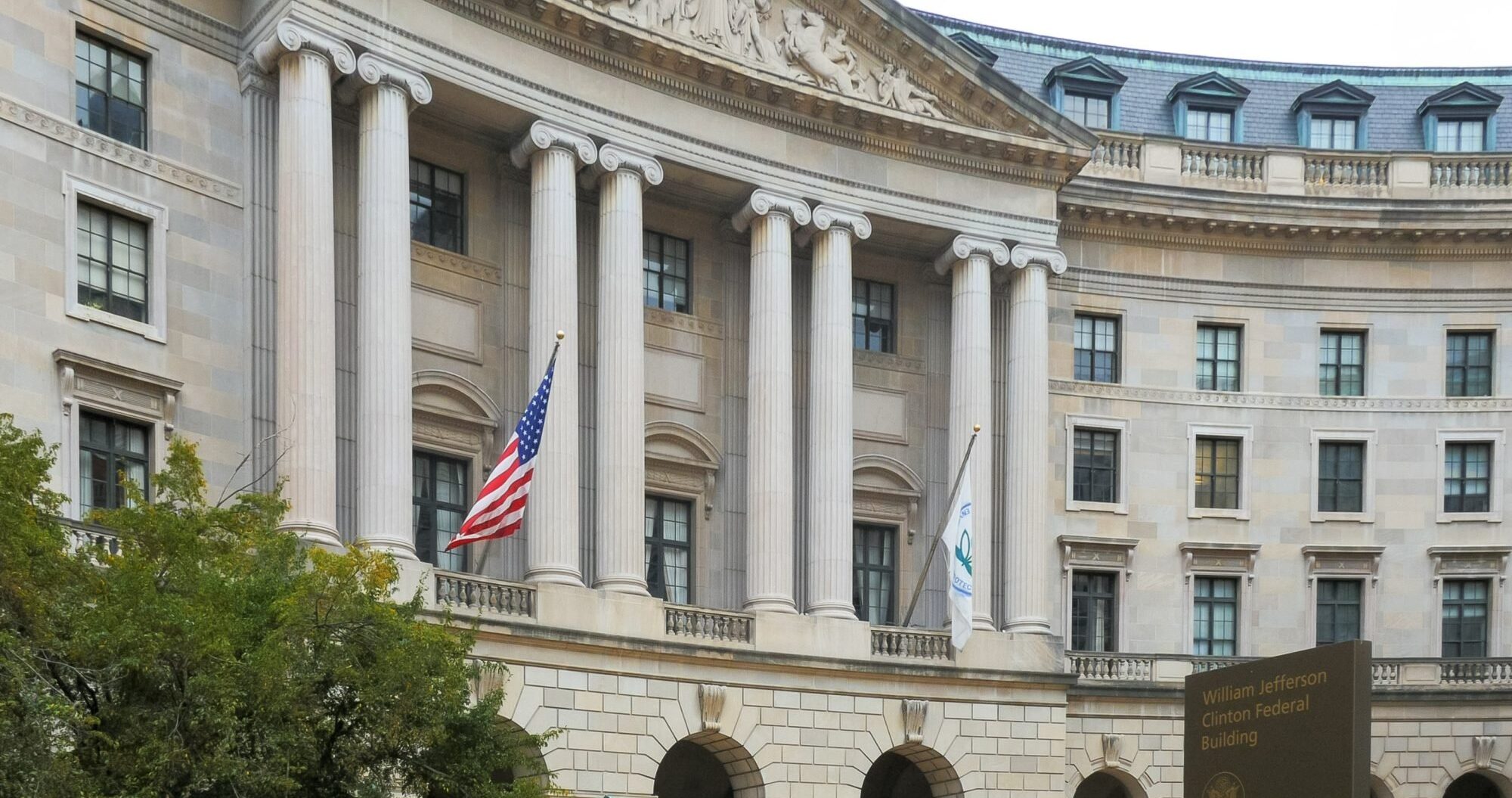
EPA Issues Proposed Rule Designating PFOA and PFOS as Hazardous Substances
September 7, 2022
The EPA has issued a pre-publication version of a proposed rule to designate two PFAS compounds as hazardous substances under CERCLA.

Five New PFAS Added to EPA Regional Screening Levels (RSLs)
June 24, 2022
EPA announced the addition of five new PFAS to the list of Regional Screening Levels (RSLs)

EPA Announces Updated Drinking Water Health Advisories for Four PFAS Chemicals: PFOS, PFOA, PFBS, & GenX
June 24, 2022
On June 15, 2022, the EPA released updated Health Advisory Levels for four per- and polyfluoroalkyl substances (PFAS) in drinking water
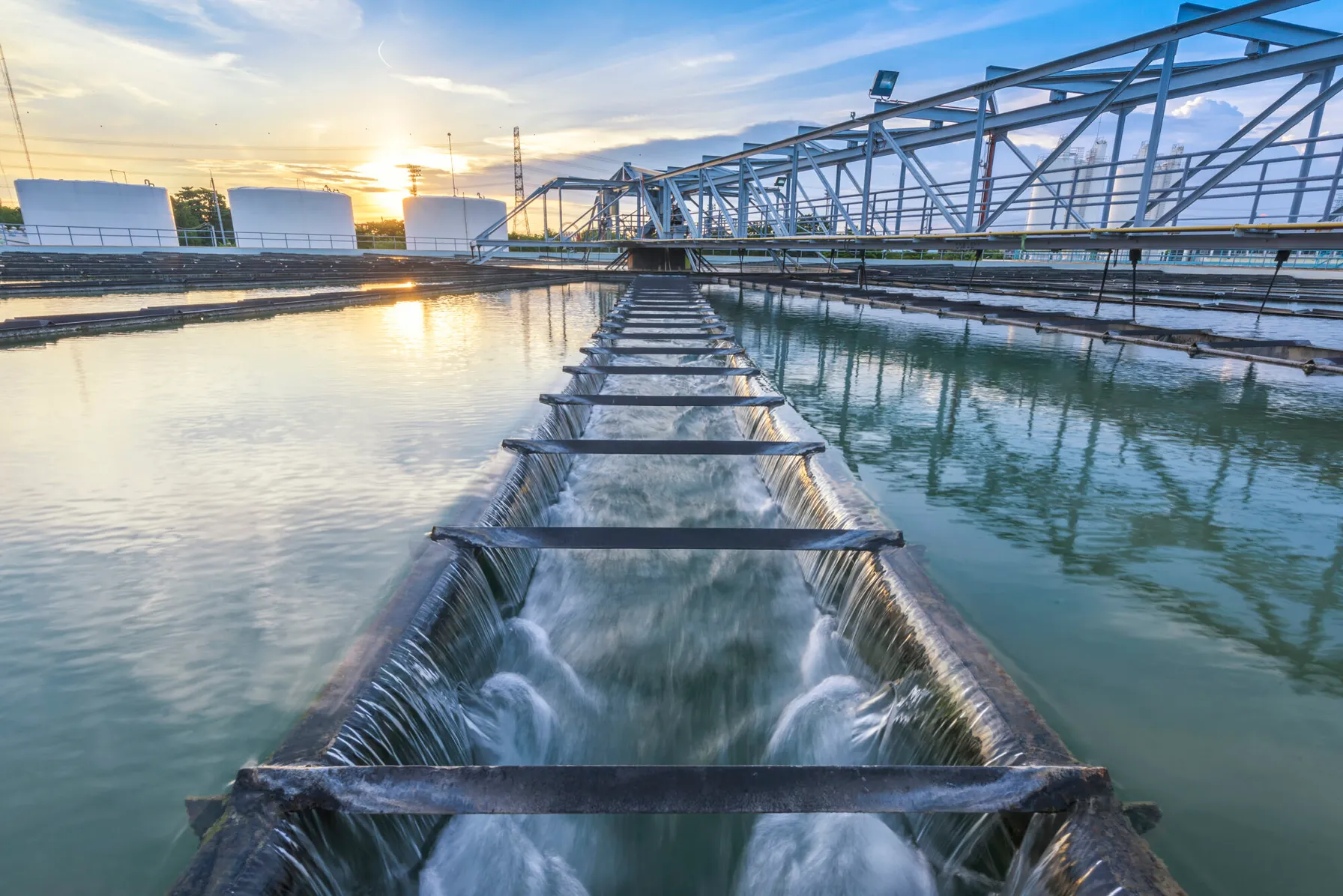
Integrating Sustainability, Digital Connectivity and Design Optimization in Wastewater Treatment Systems
June 20, 2022
Some organizations rarely think about water and wastewater treatment, until there is a problem. American industry depends on the ability to treat wastewater discharges while complying with regulatory standards and addressing emerging contaminants. If wastewater treatment fails, our environment is negatively impacted, and companies are exposed to shutdowns, delays and fines.

EPA Proposes Aquatic Life Criteria for PFOA and PFOS
May 25, 2022
On May 3, 2022, under the Clean Water Act (CWA), the United States Environmental Protection Agency (USEPA) proposed the first aquatic life criteria for both short-term and long-term toxic effects from Perfluorooctanoic Acid (PFOA) and Perfluorooctane Sulfonic Acid (PFOS).

Fifth Unregulated Contaminant Monitoring Rule Lists 29 PFAS
January 21, 2022
EPA published fifth Unregulated Contaminant Monitoring Rule as required every five years and 29 of the 30 contaminants listed are PFAS.
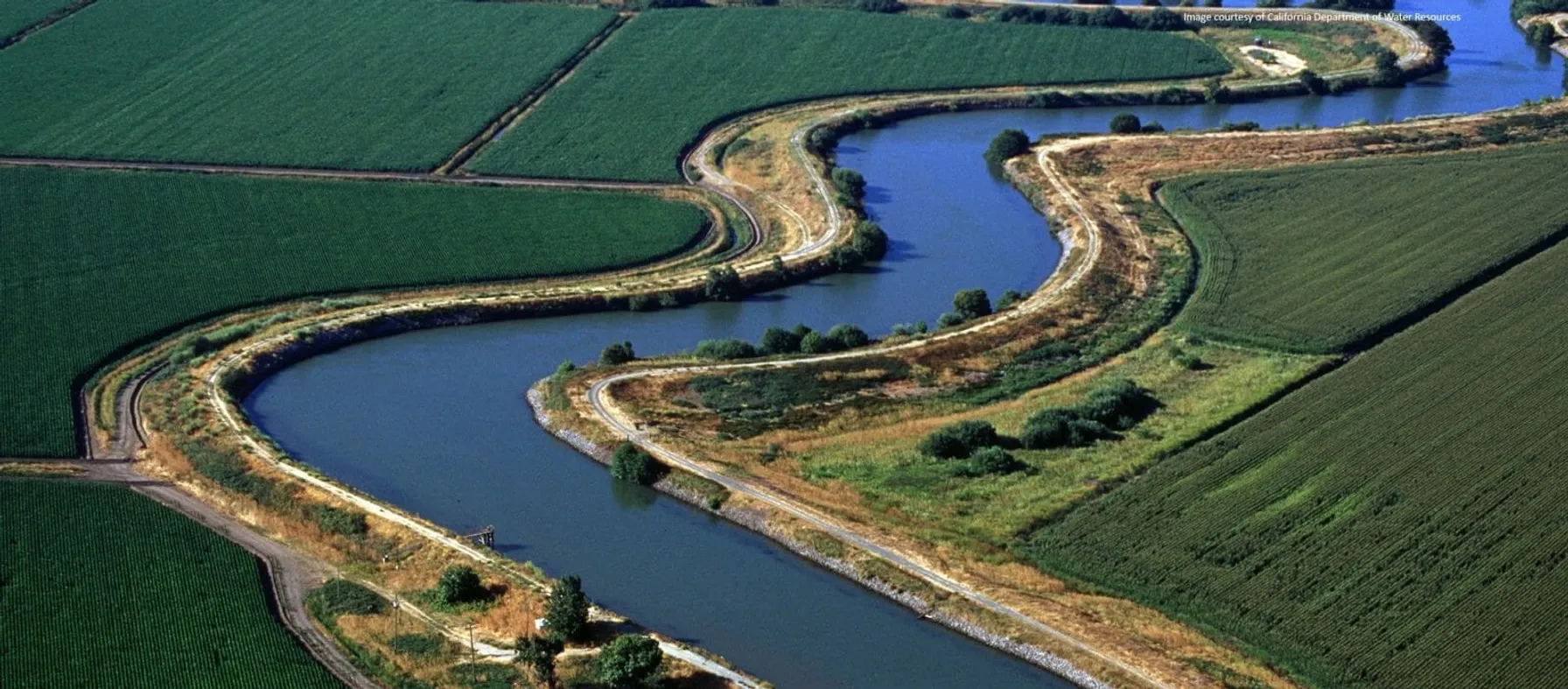
Waters of the United States (WOTUS) Revised Definition: Proposed Rule Published
December 16, 2021
Rule Proposed to Revert Back to Pre-2015 Definition of Waters of the United States (WOTUS) published December 2021

Construction Delivery Method Comparison: Design-Build vs. Design-Bid-Build
December 16, 2021
In the construction industry the successful execution of every project depends on the delivery method. Two of the most widely used project delivery methods are Design-Bid-Build and Design-Build.
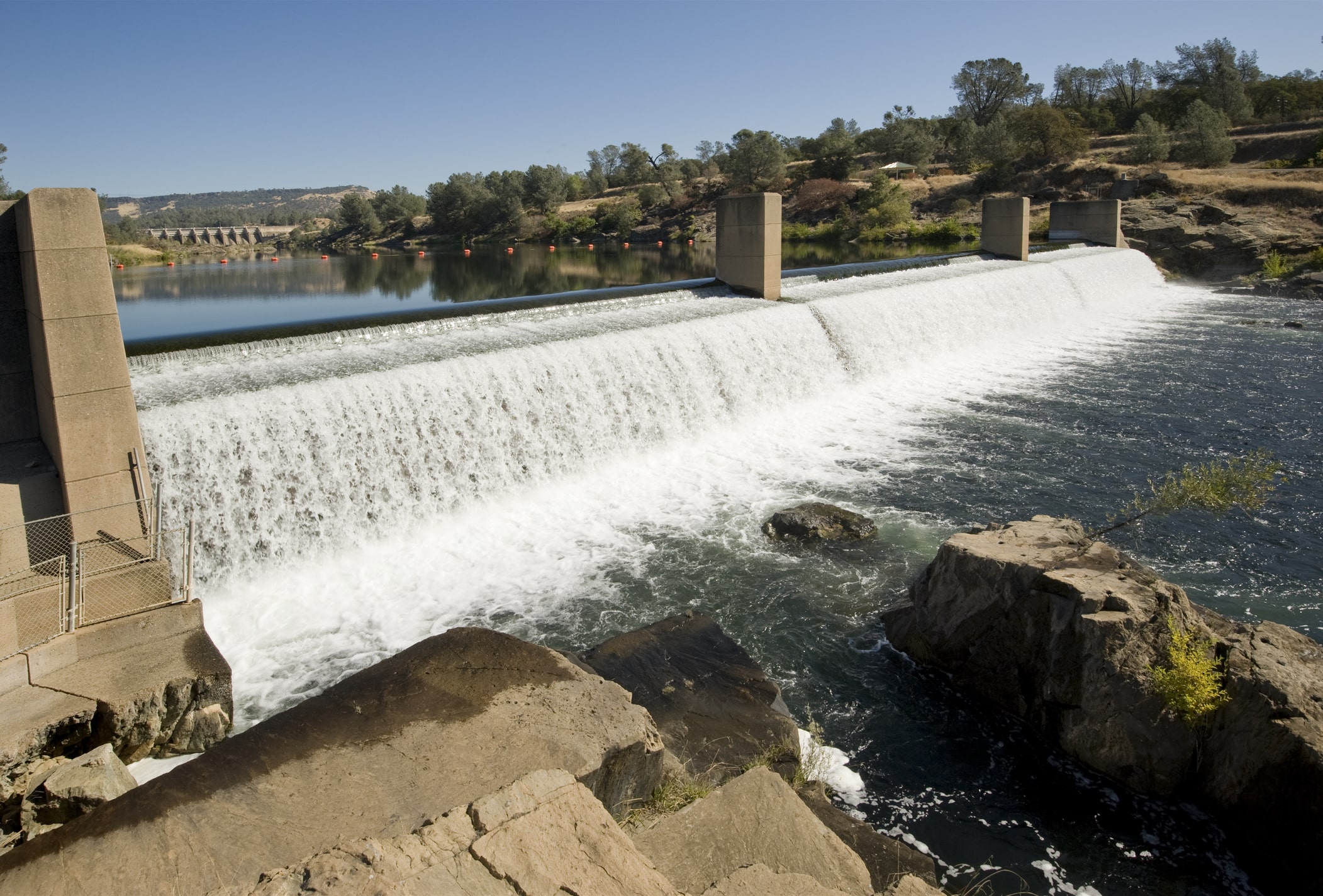
Overhauling Oroville: The Amazing Push to Repair the Tallest Dam in the United States
November 8, 2021
The Oroville Dam in Northern California is the highest in the country at 770 feet – four stories taller than the more celebrated Hoover Dam – but few outside the Golden State had ever heard of it before February of 2017.
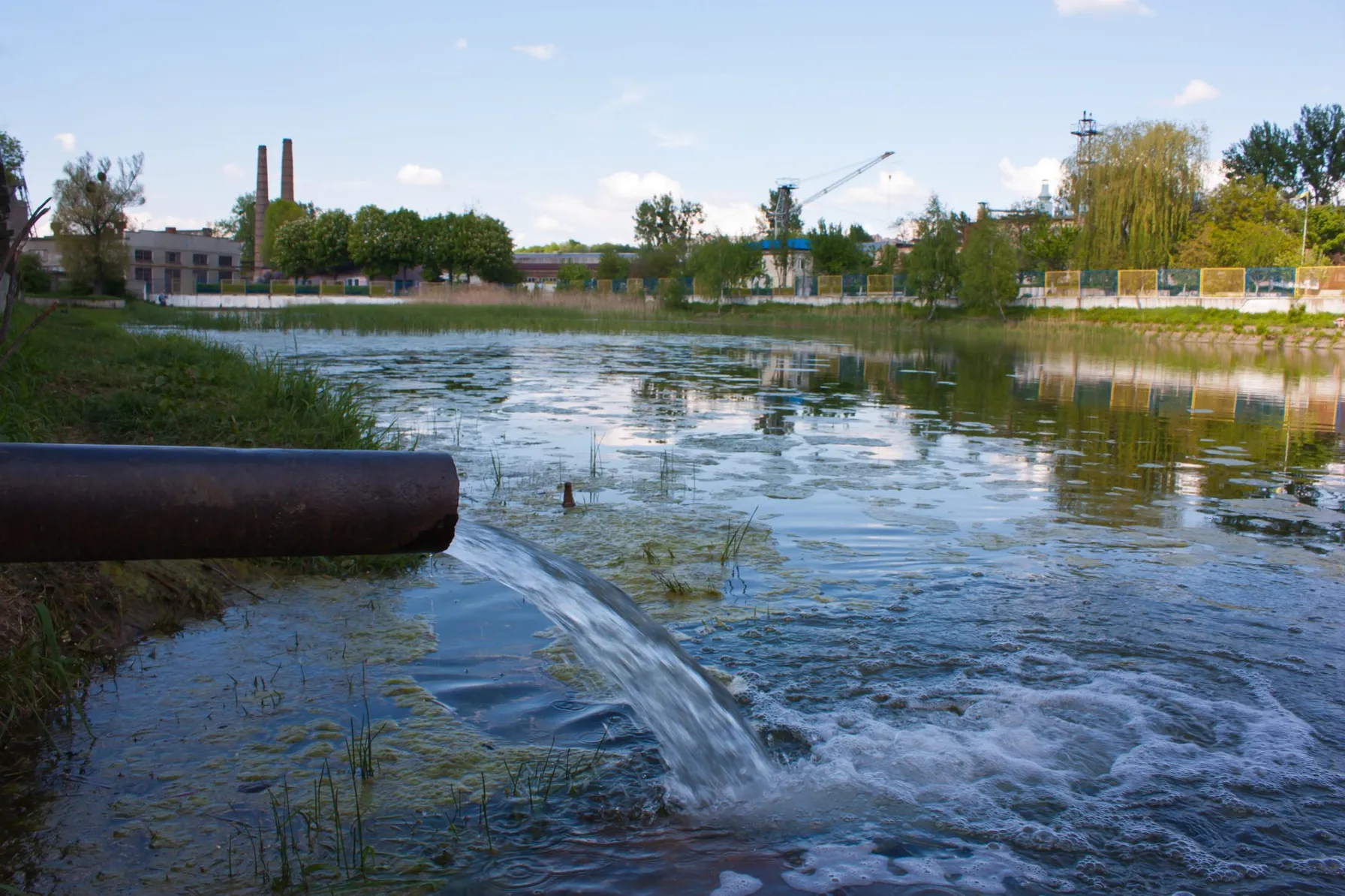
EPA Solicits Comments on PFAS Discharges in Five Point Source Categories
September 23, 2021
EPA solicits comments in five point source categories (PSCs) in the manufacture, use, treatment and discharge of PFAS.

TRC Companies Inc. Acquires 1Source Safety and Health
November 11, 2020
TRC Companies (“TRC”), a leading technology-driven provider of end-to-end engineering, consulting and construction management solutions, has acquired 1Source Safety and Health, a firm that provides management consulting services in areas such as indoor air quality, asbestos management, industrial hygiene and safety management systems.

TRC Awarded a Yahara WINS Grant
August 28, 2020
TRC was recently awarded a Yahara WINS grant to develop a pilot scale simple aeration method for removing phosphorous from the discharge of manure digesters. The grant application was developed and submitted by: Bob Stanforth, Alyssa Sellwood, Mike Ursin, Ted O’Connell, Ken Quinn, and John Rice, who are members of multiple TRC CORE teams.

Potential Impacts from EPA’s Proposed Waters of the United States Rule
July 24, 2019
The EPA is redefining which bodies of water are eligible for protection under the federal Clean Water Act – and which ones aren’t.

TRC Acquires California Construction Management Firm Vali Cooper & Associates
June 26, 2018
LOWELL, Mass. – TRC, a leading provider of end-to-end engineering, consulting and construction management solutions fueled by innovative technology, announced today it has acquired Vali Cooper & Associates Inc., a top California infrastructure firm that manages transportation, water/wastewater, utility and facilities projects.
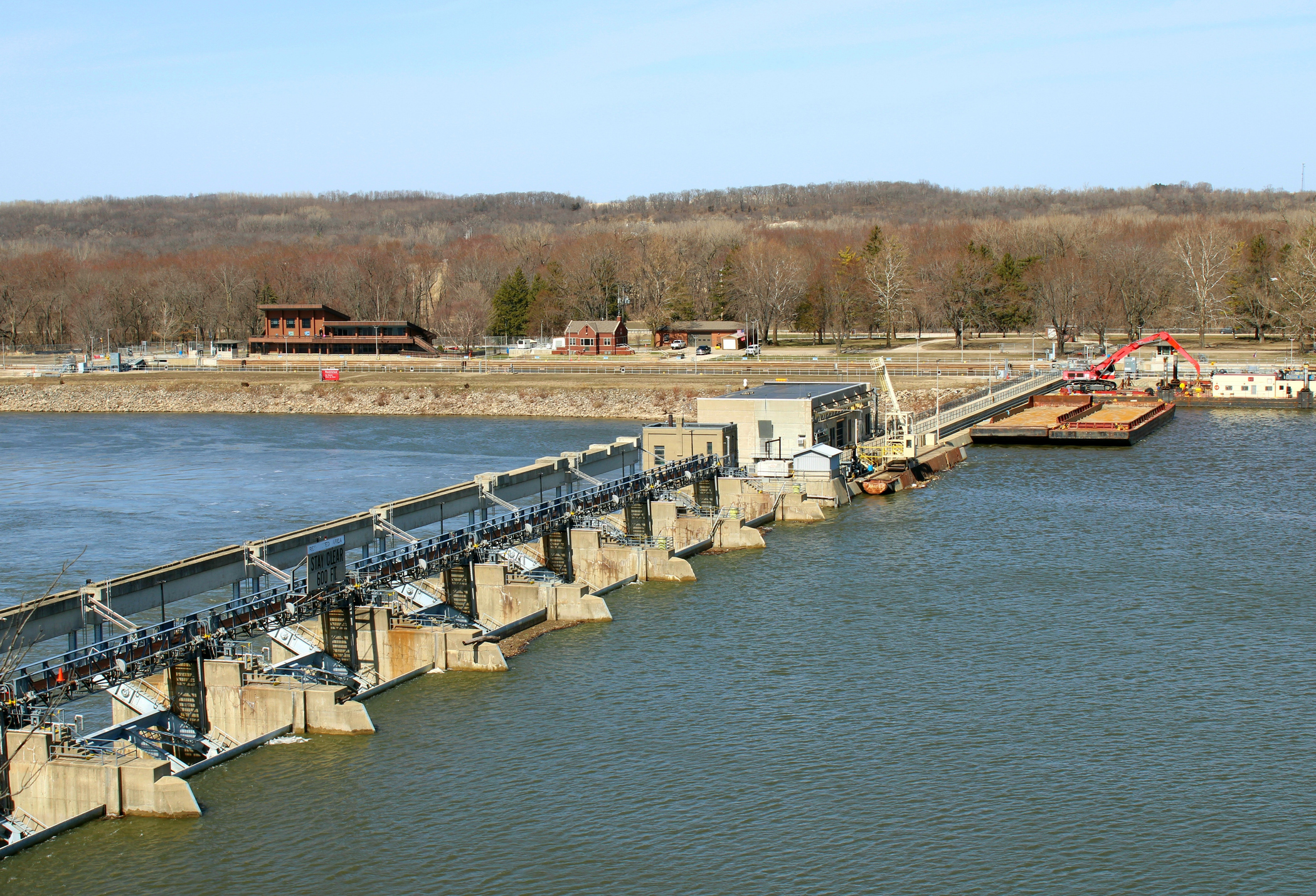
TRC Recognized for Removing Lead Contamination from Mill River in Fairfield, Connecticut
March 7, 2018
LOWELL, Mass. – TRC, a leader in engineering, environmental consulting and construction-management services, has been awarded a pair of awards from the Environmental Business Journal – one for business achievement and the other for an innovative remediation project to remove lead sediment from the Mill River in Fairfield, Conn.

